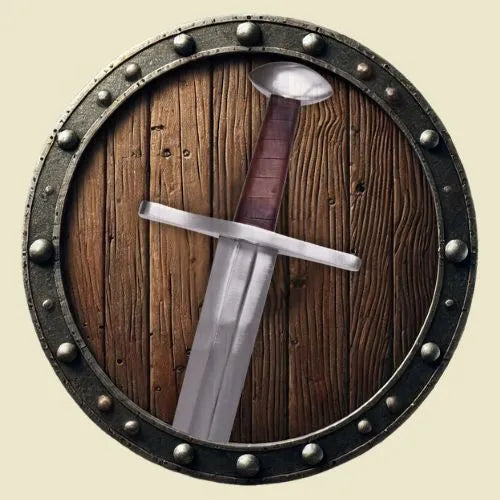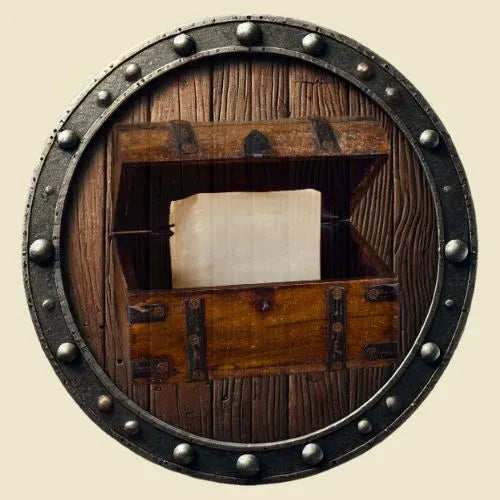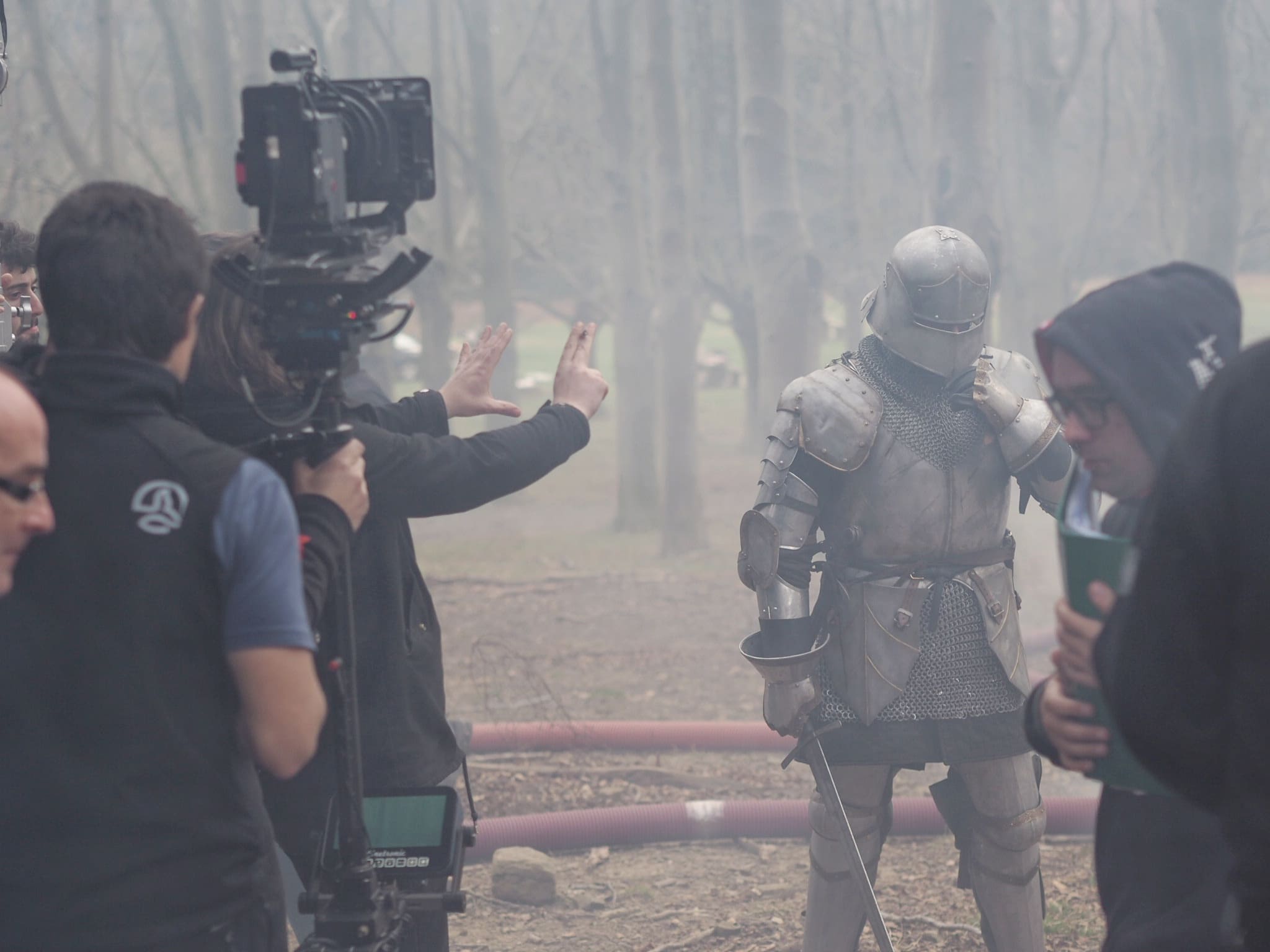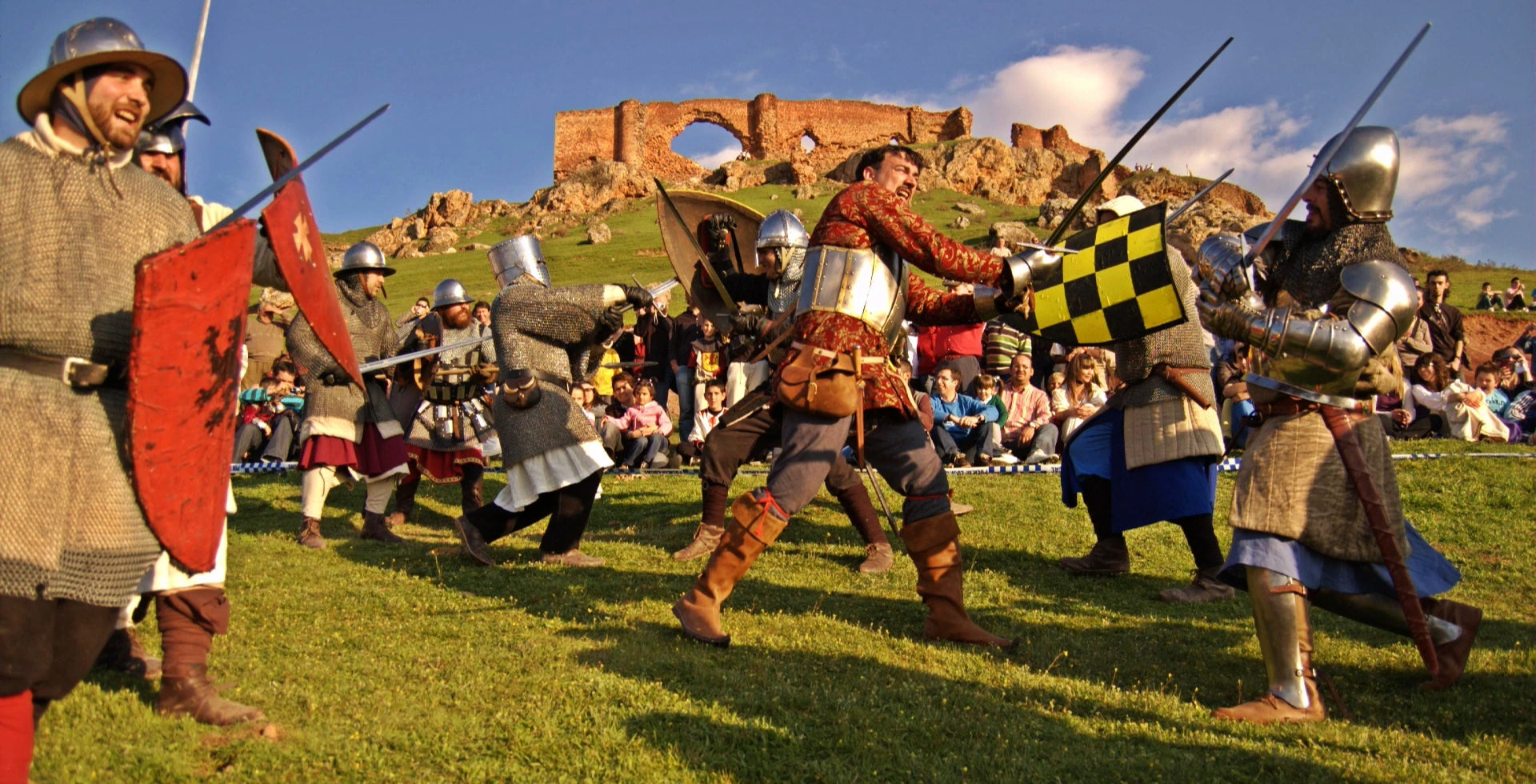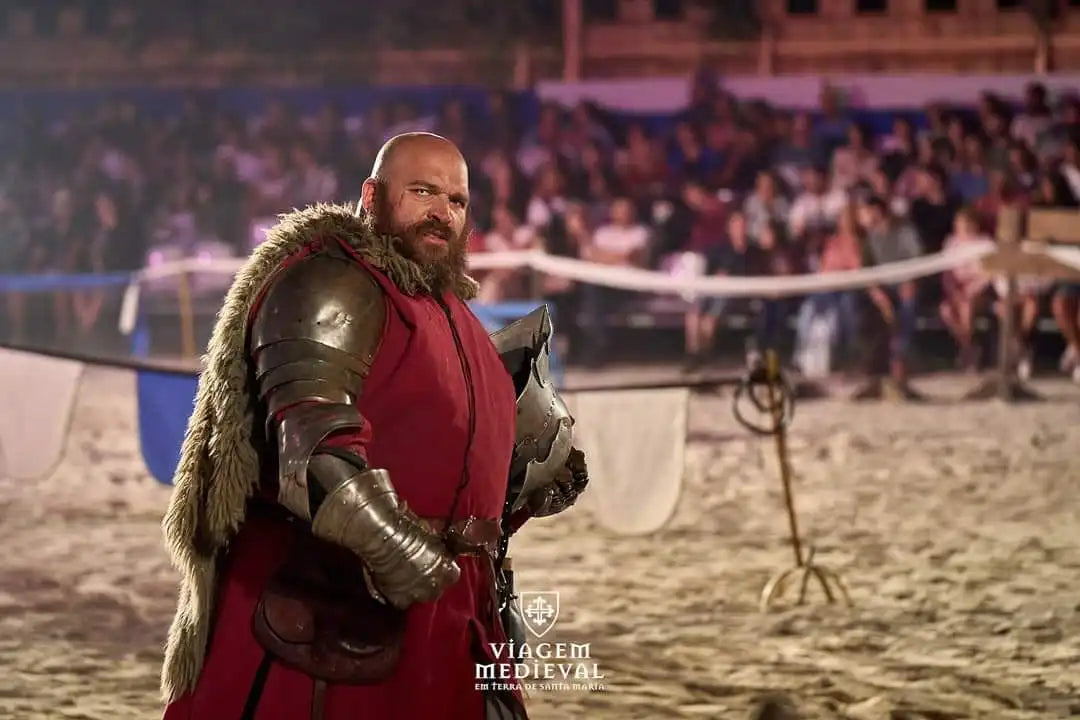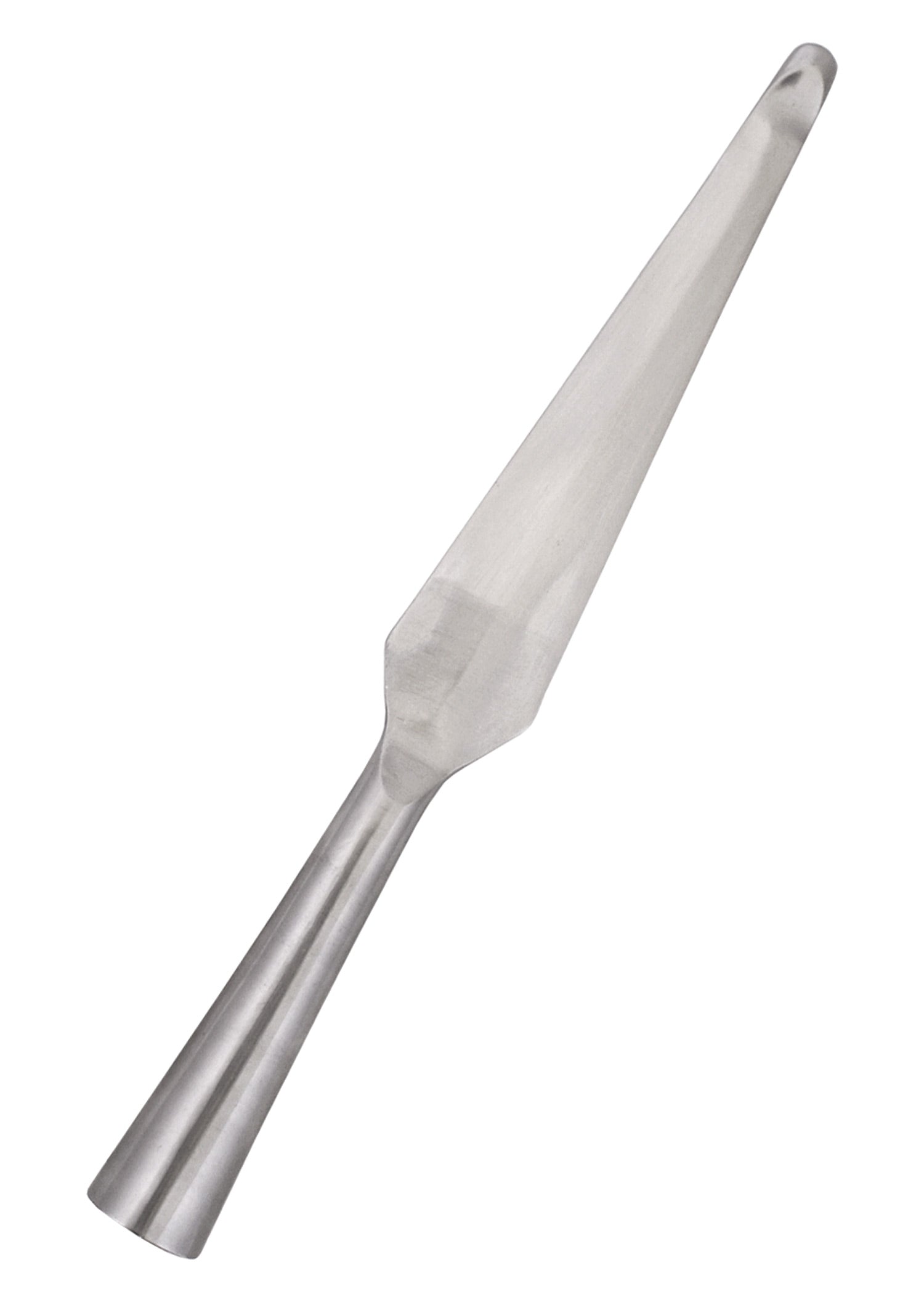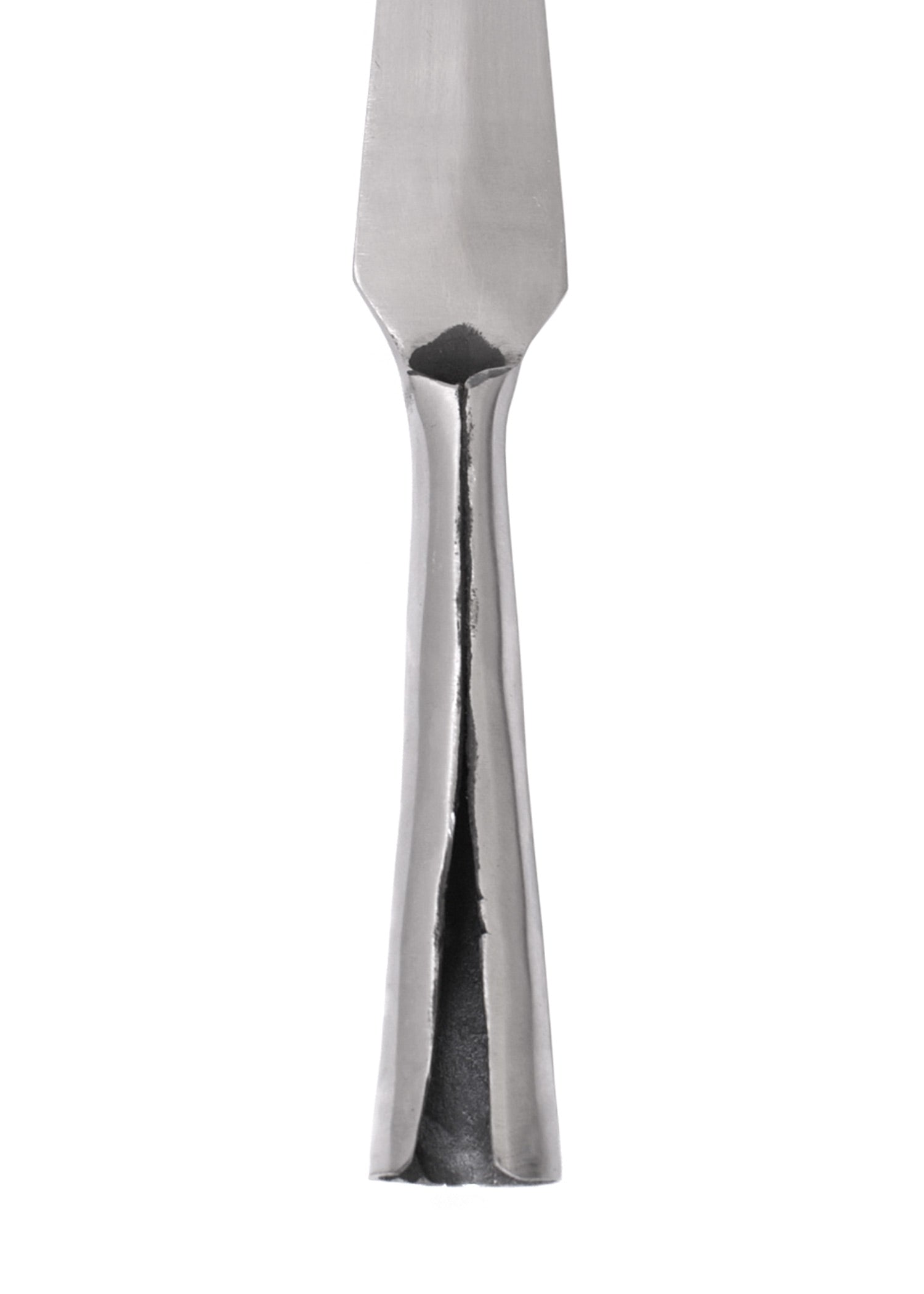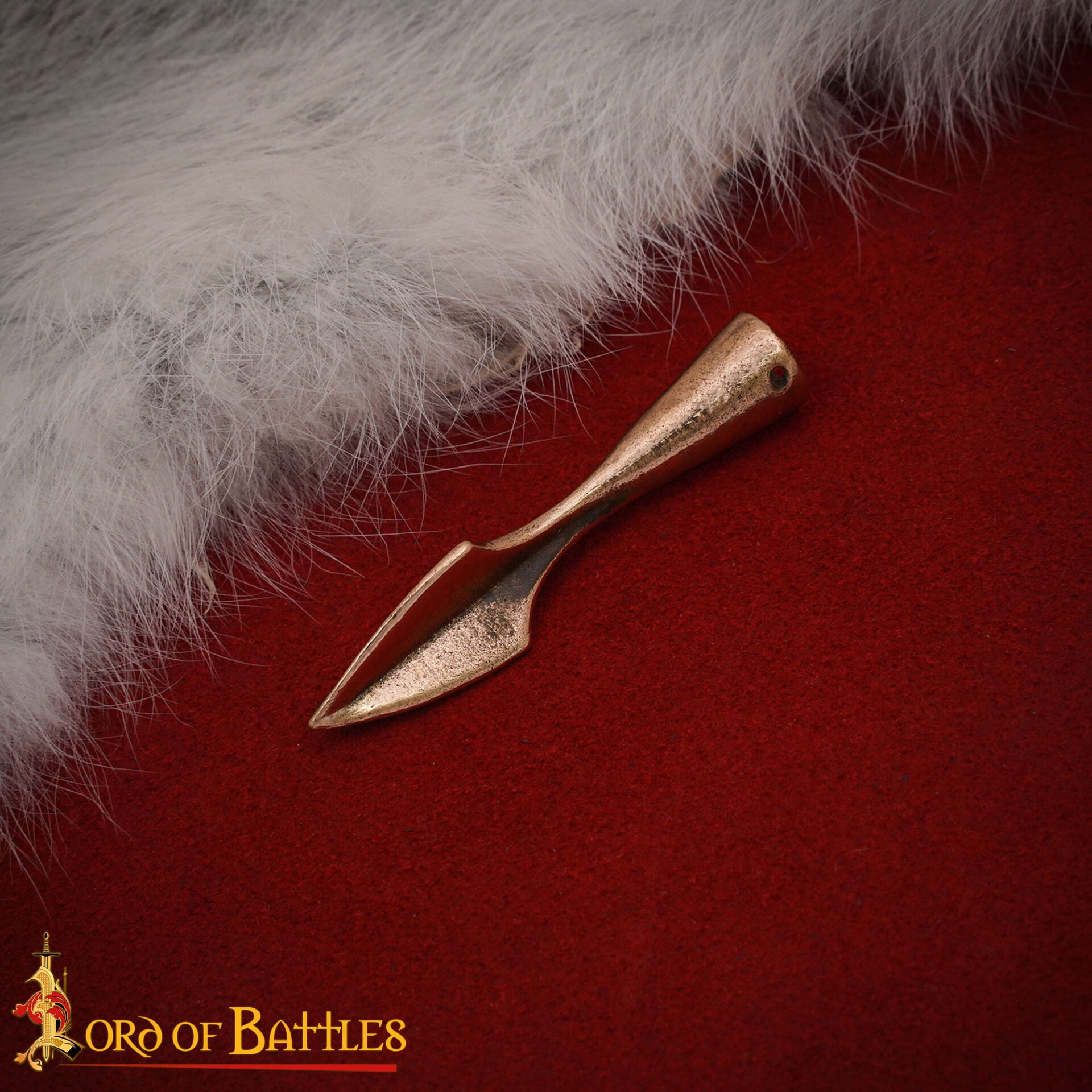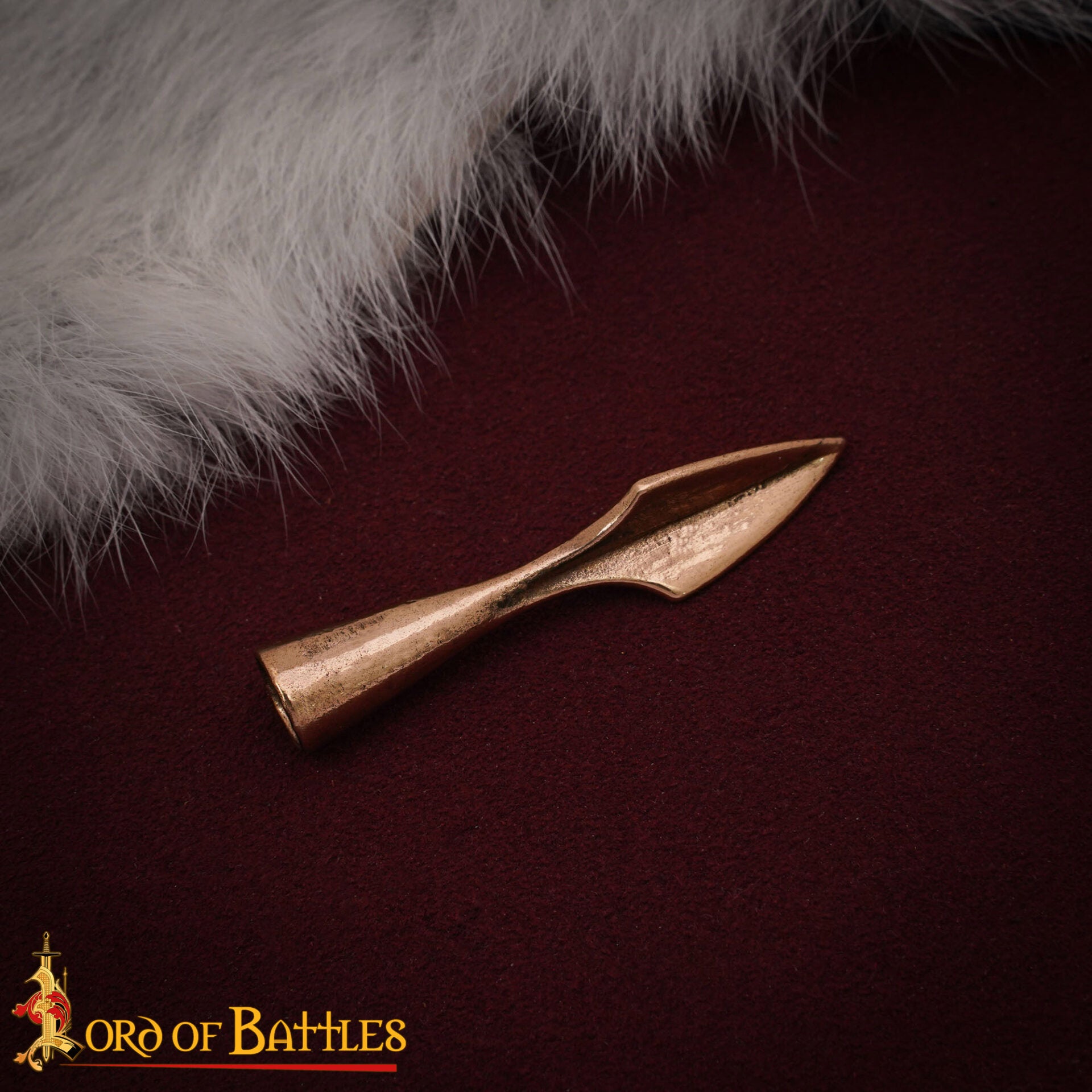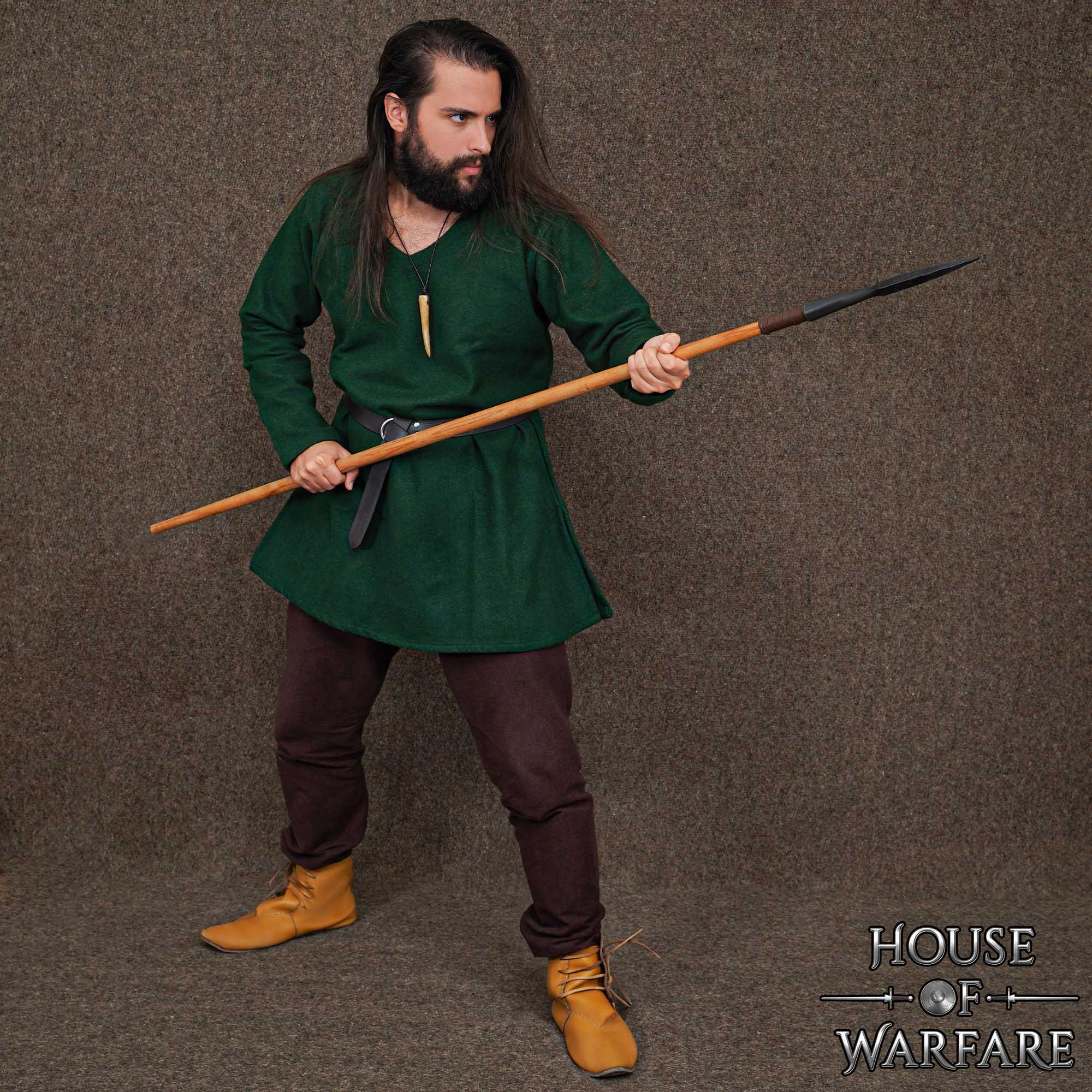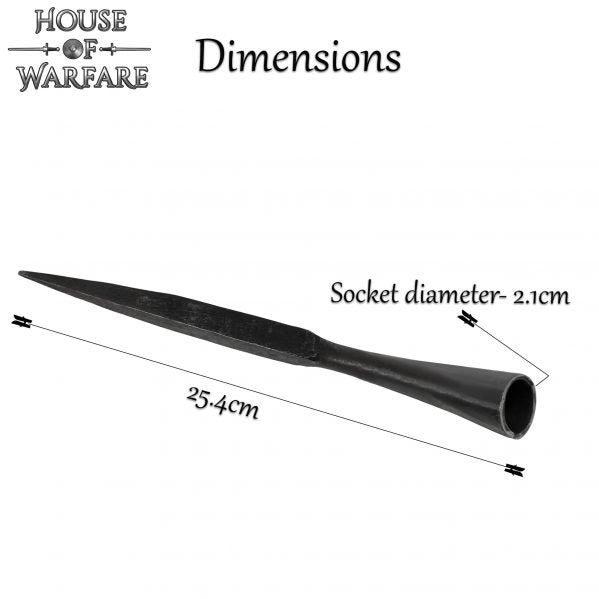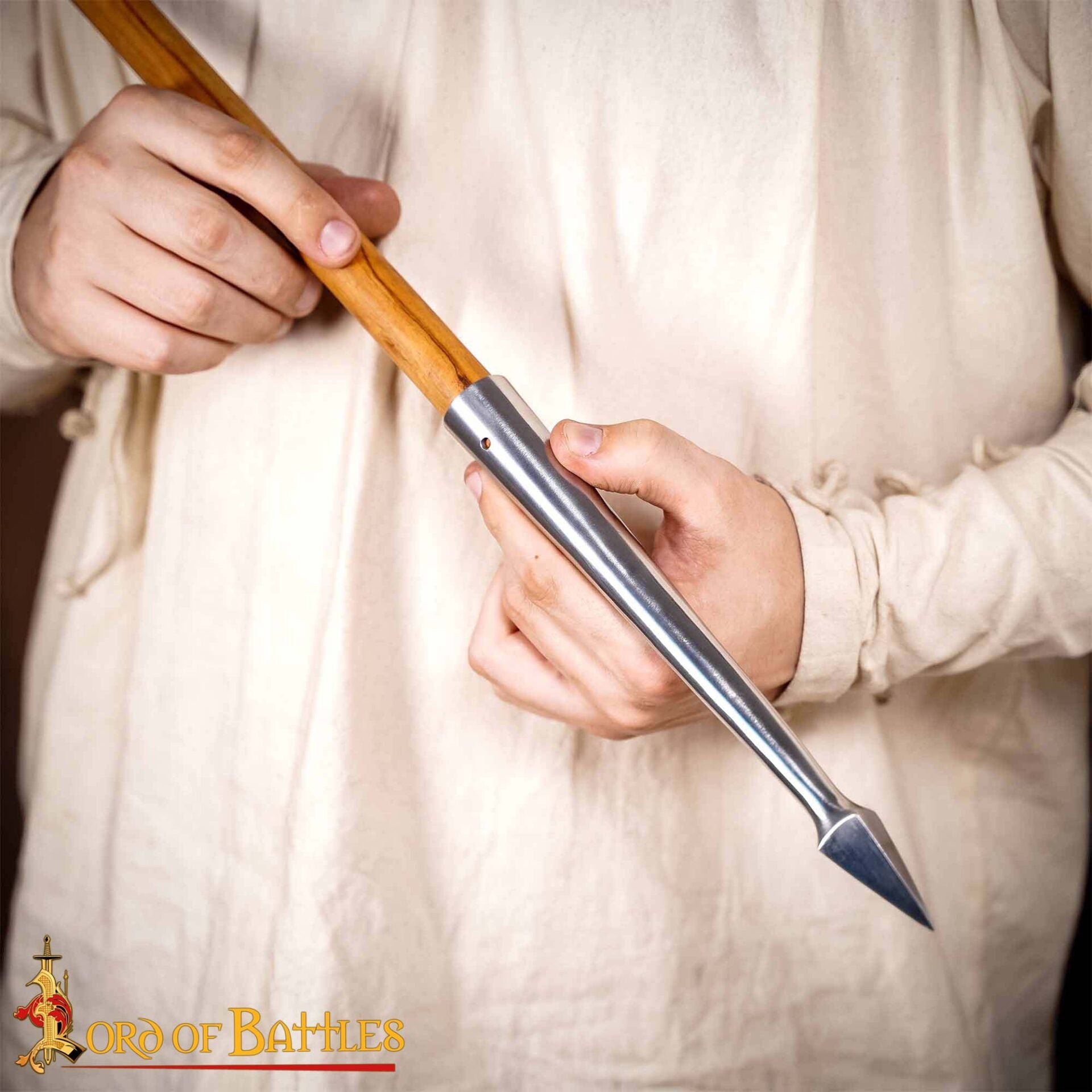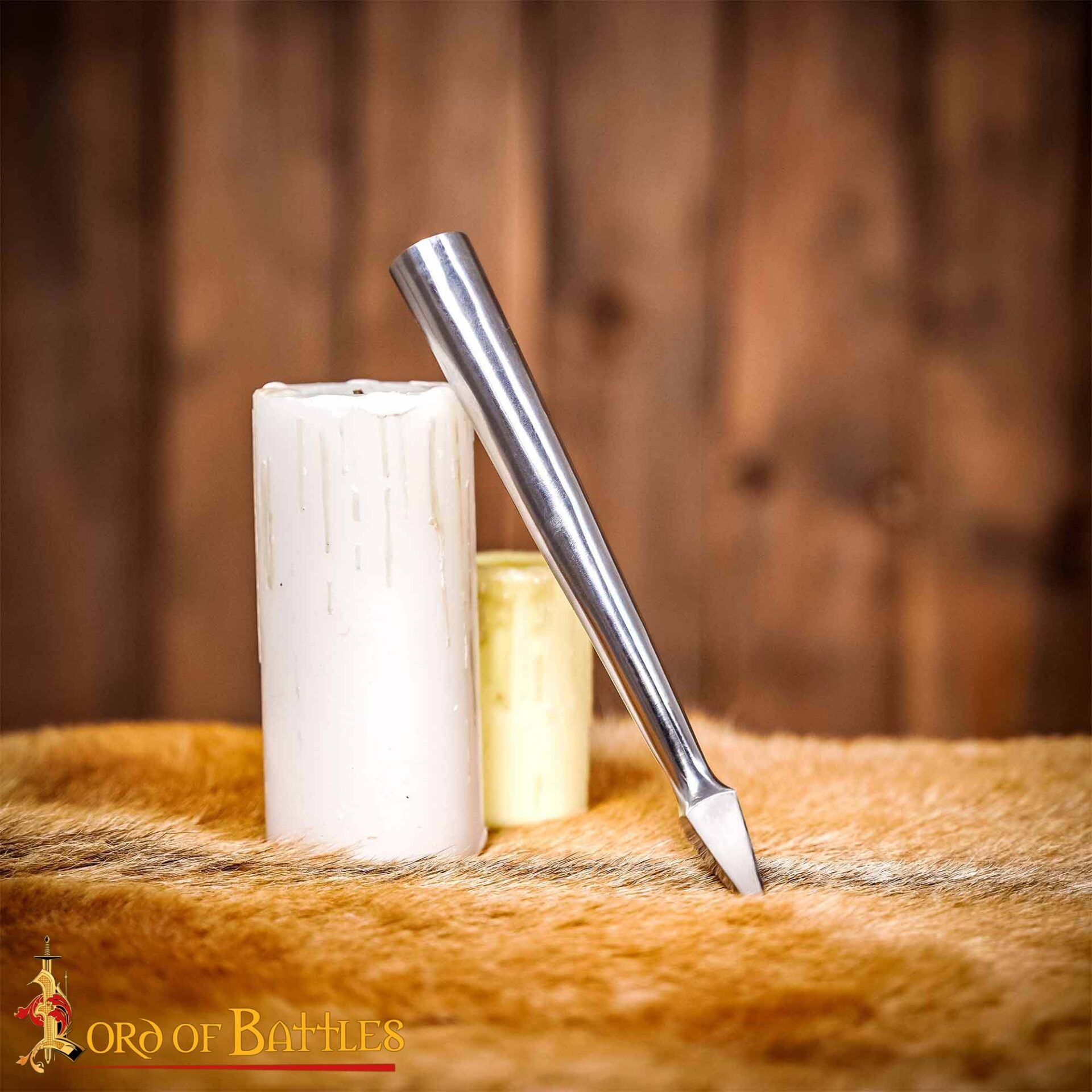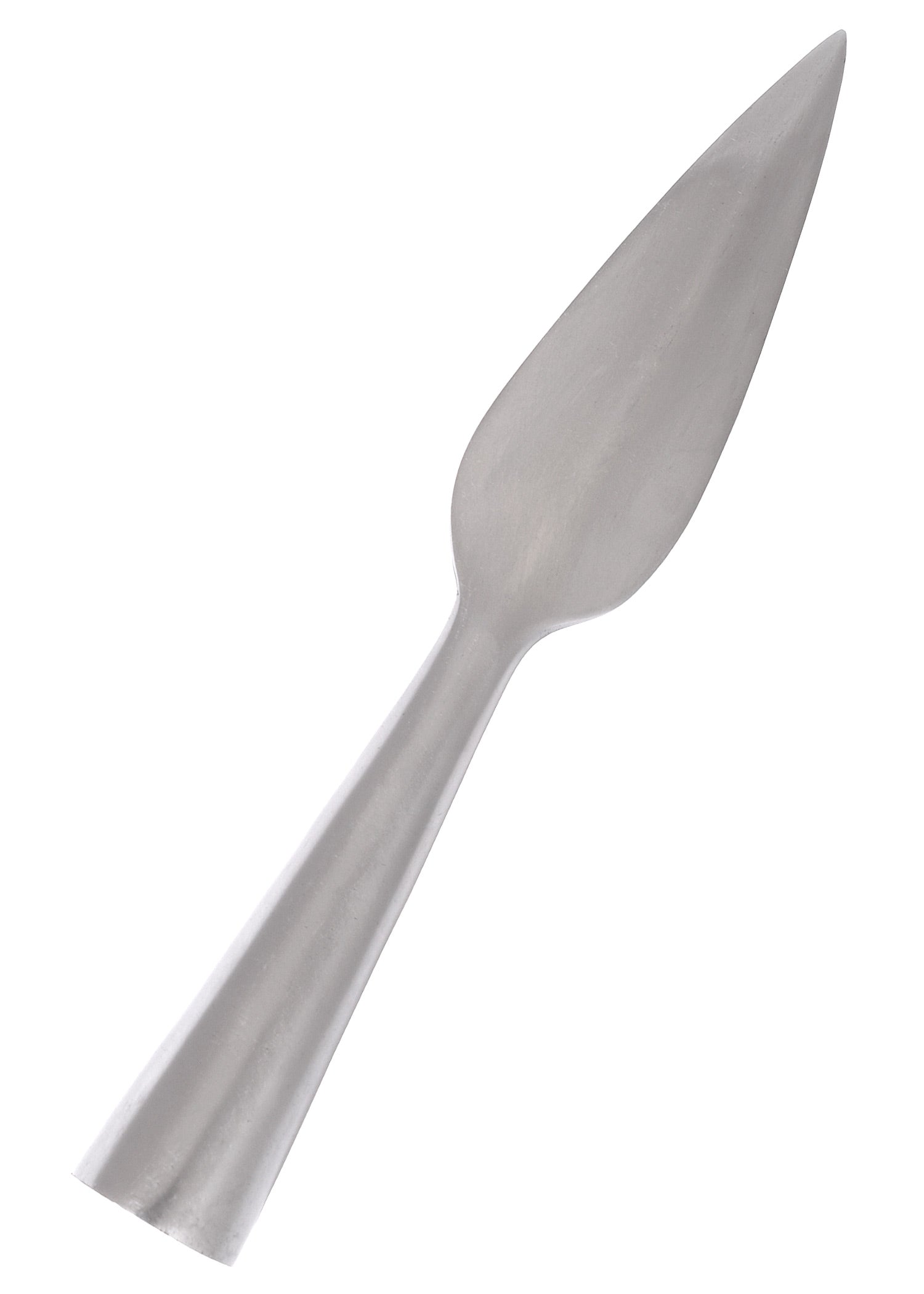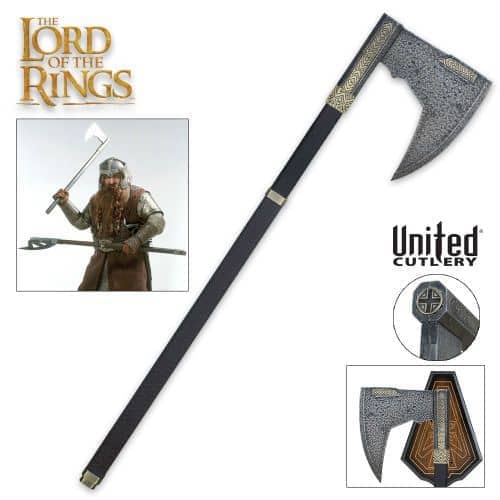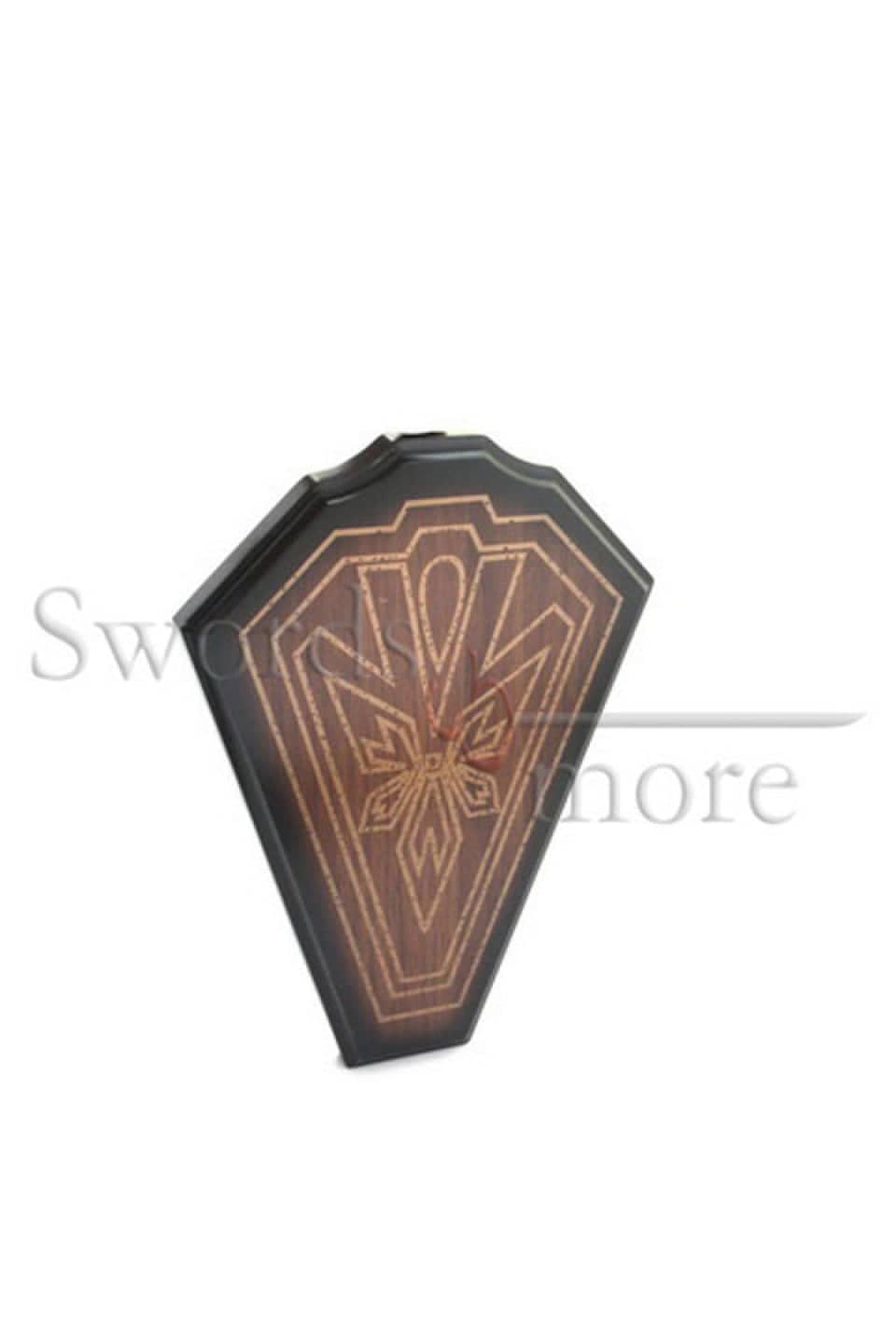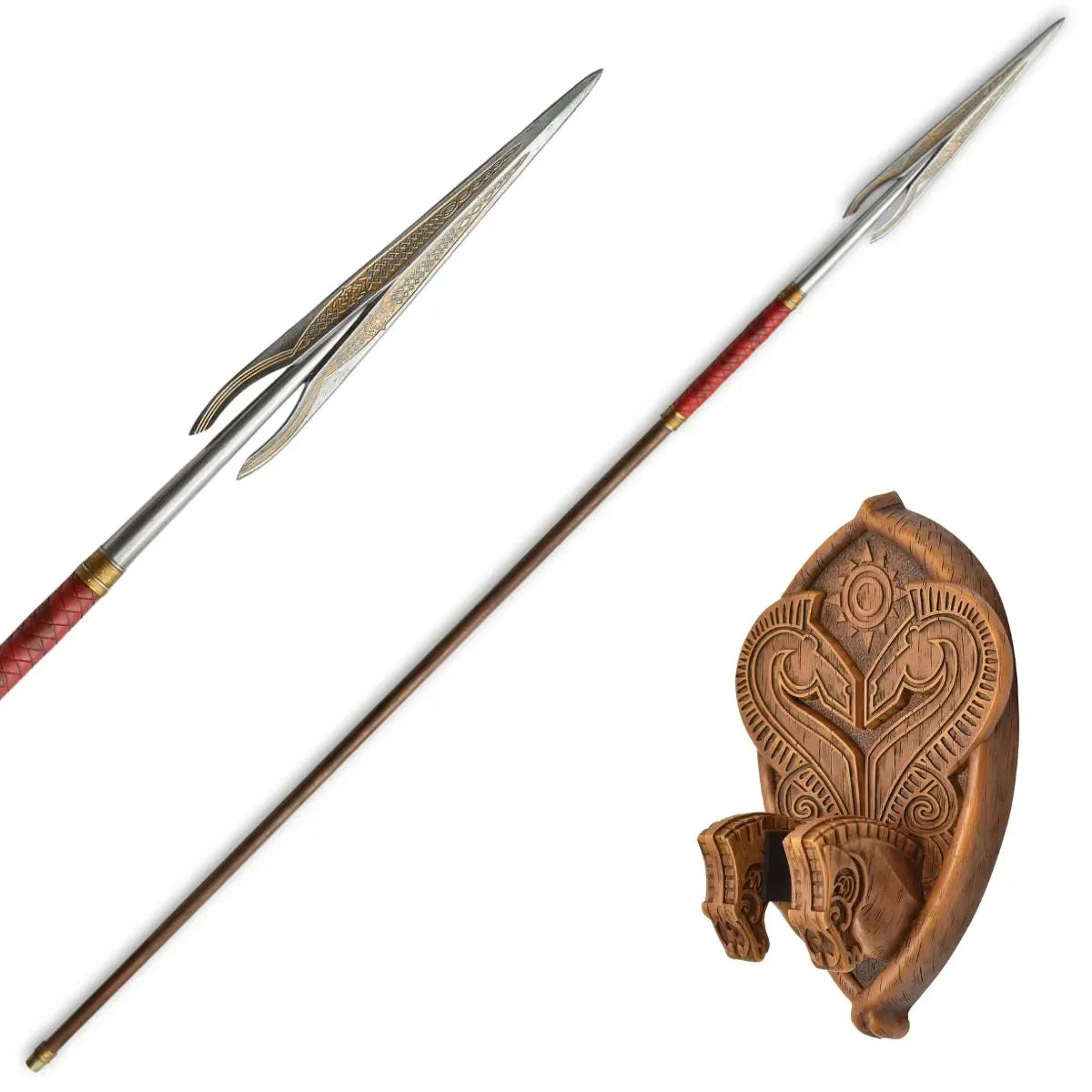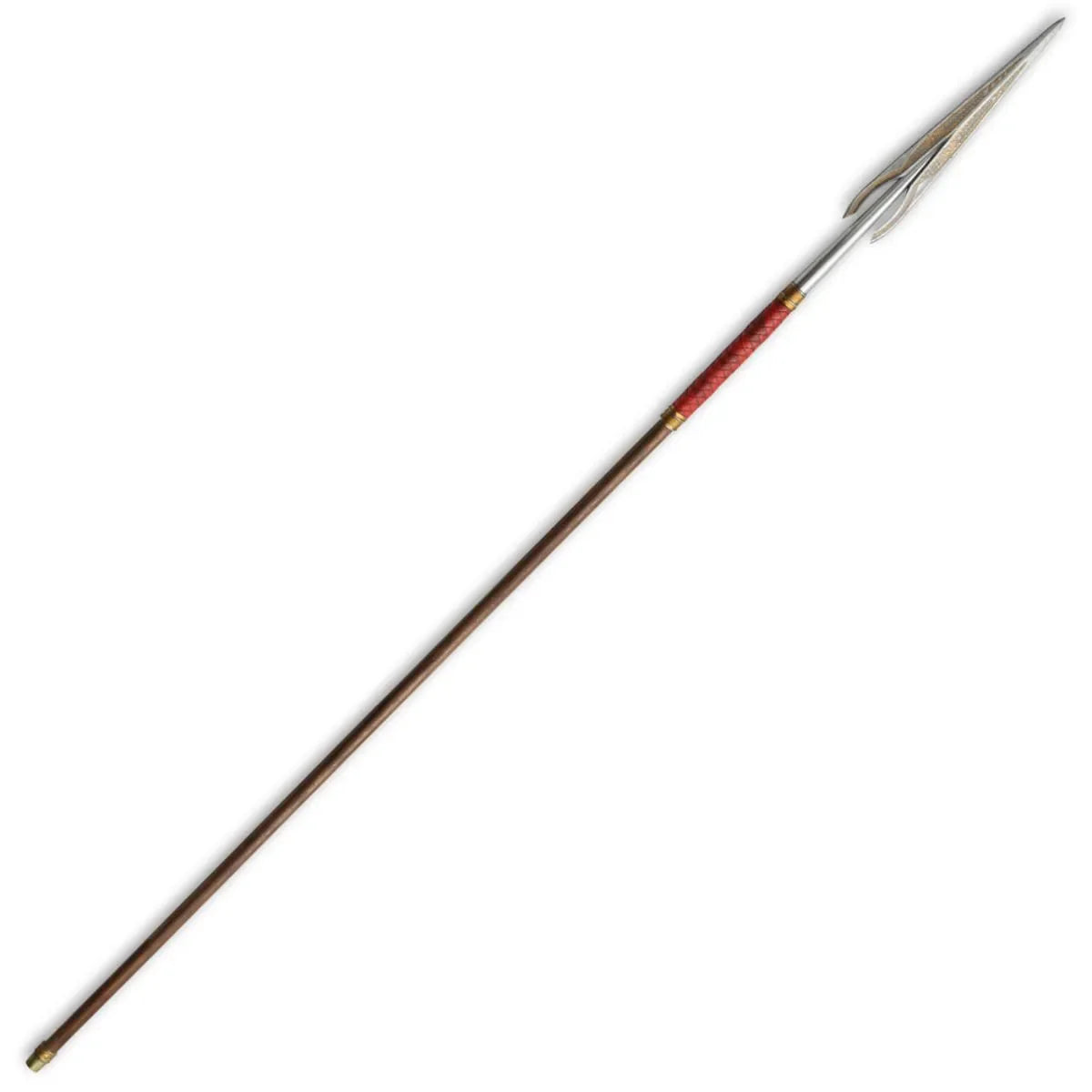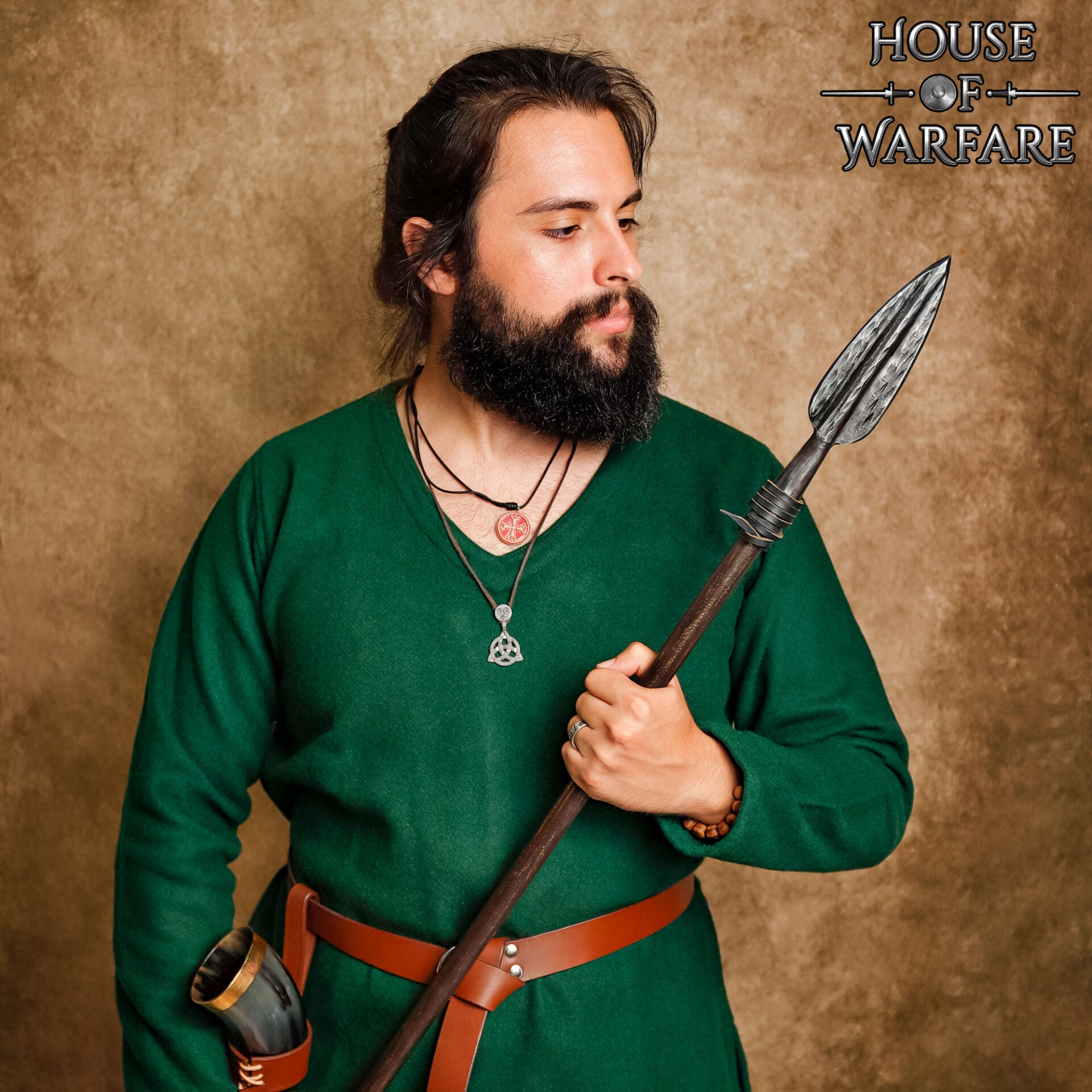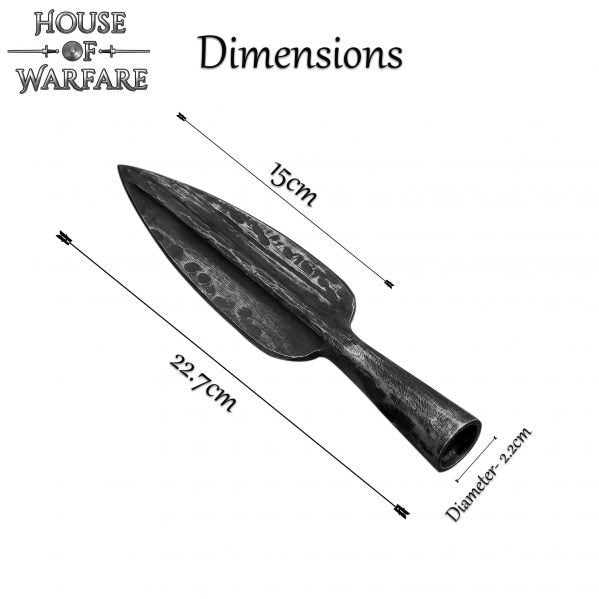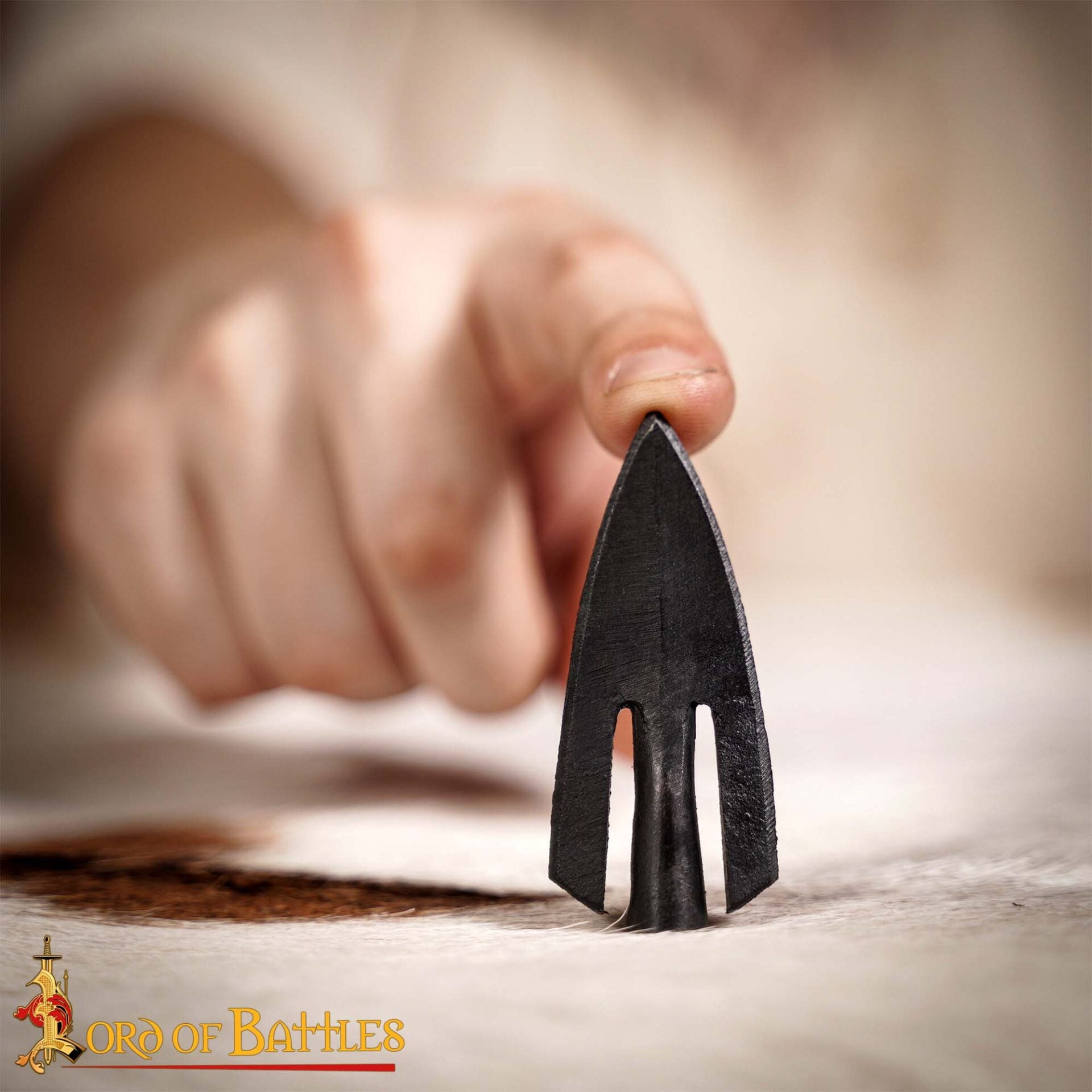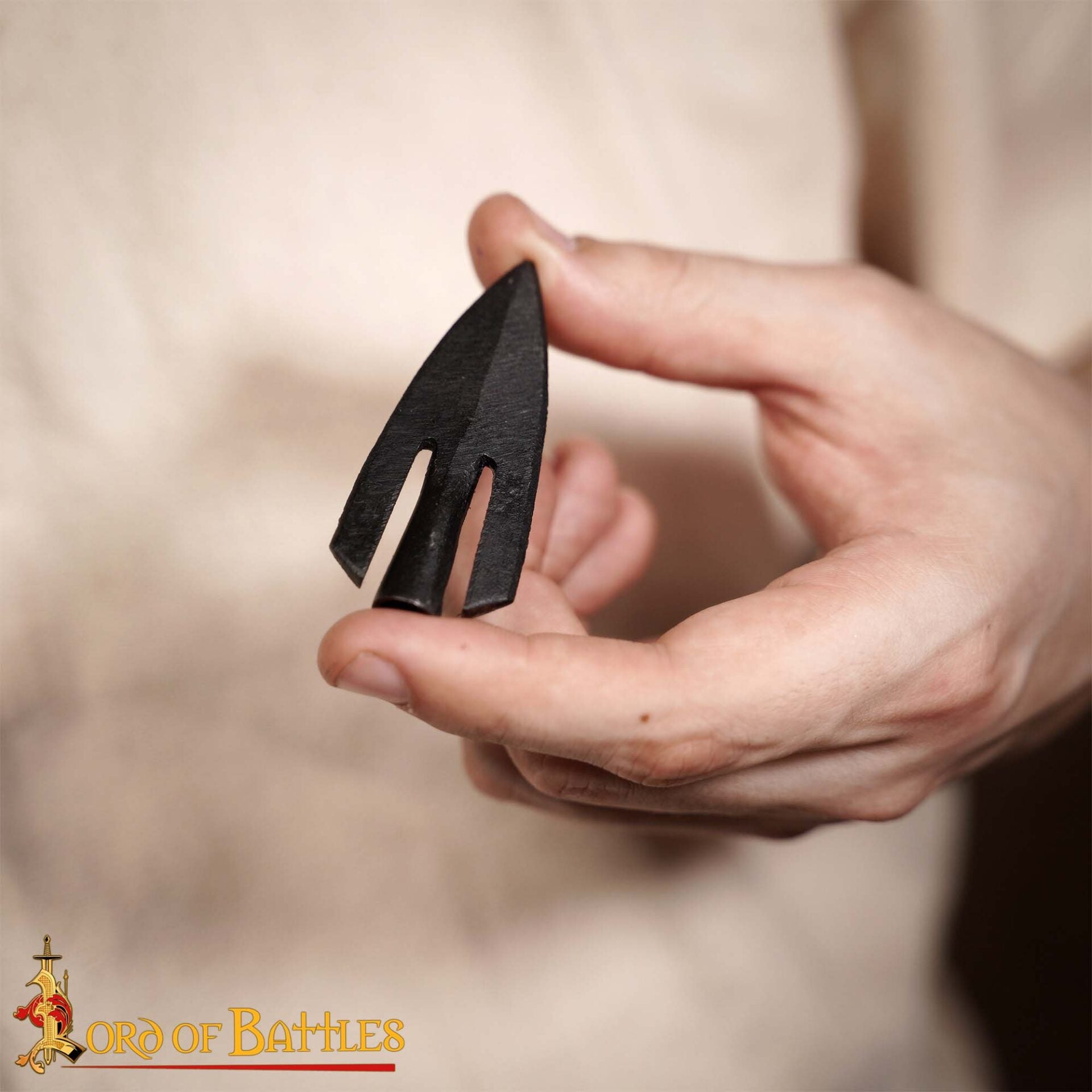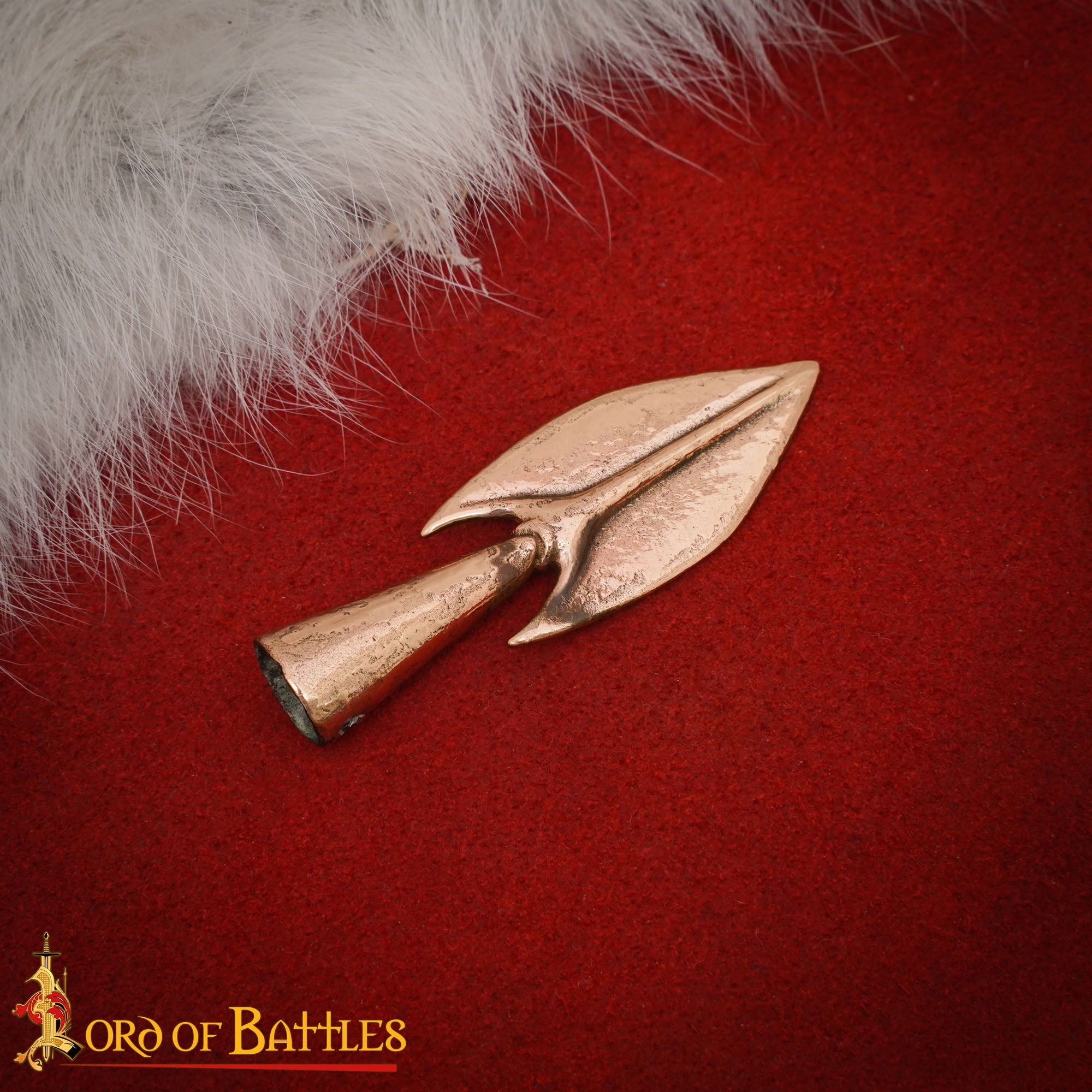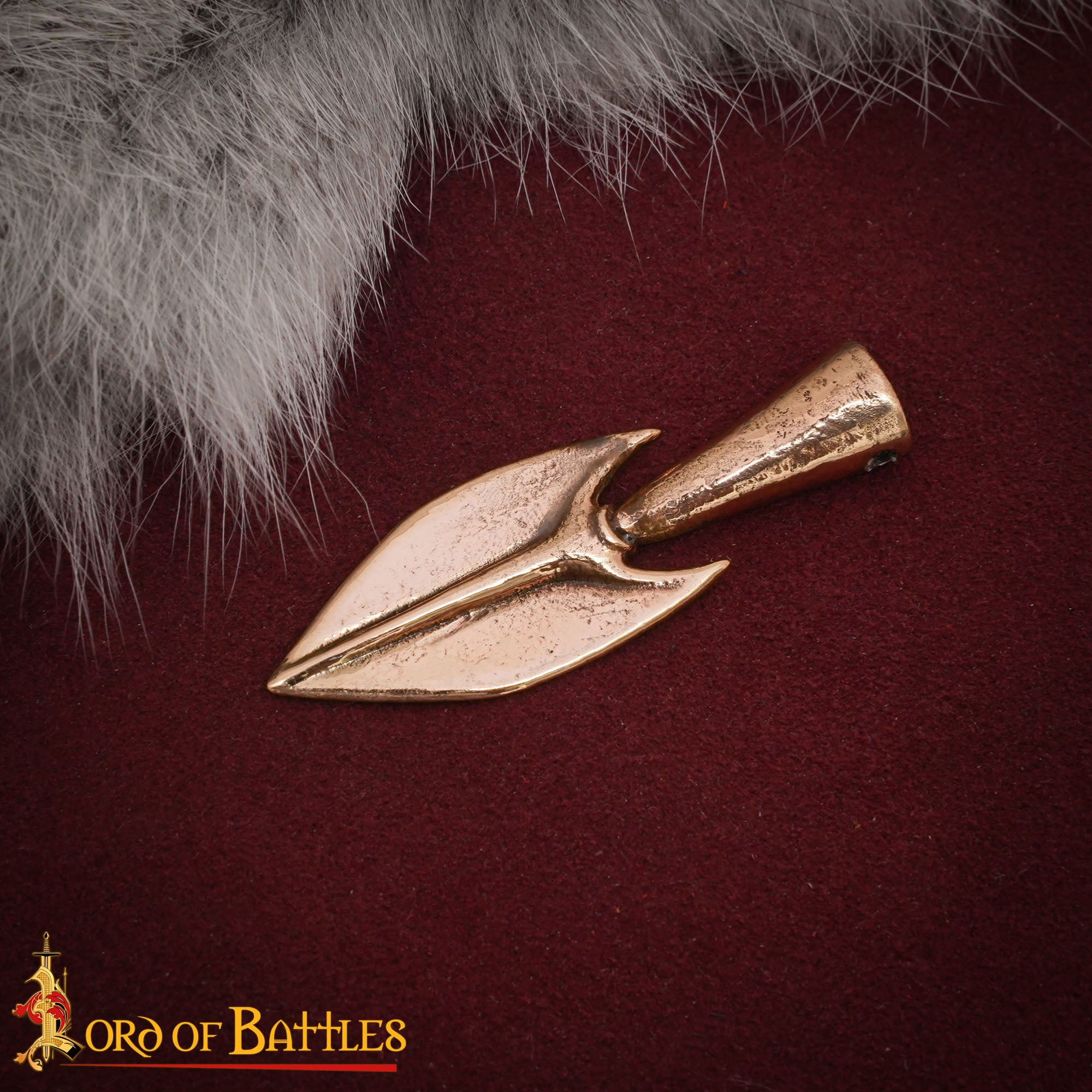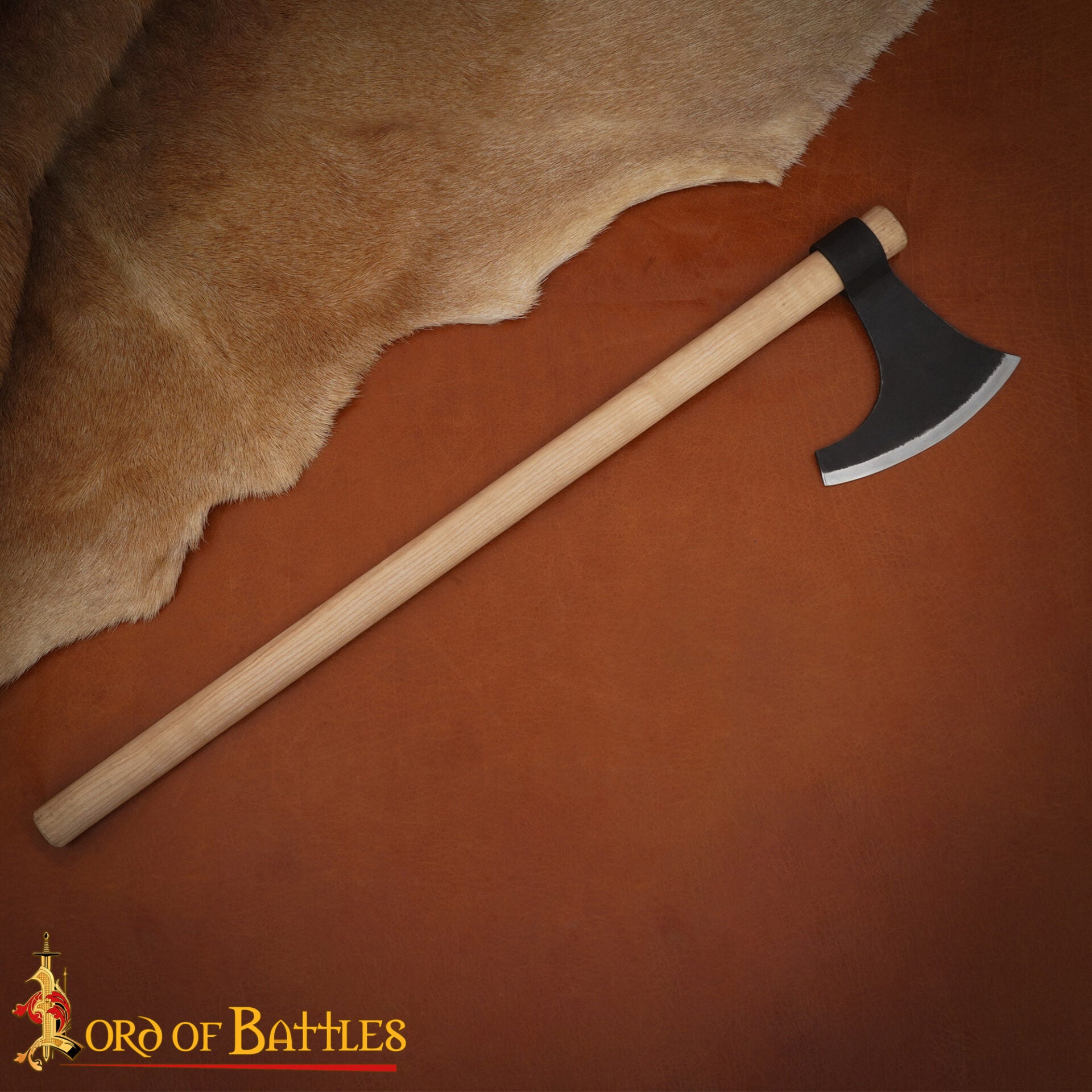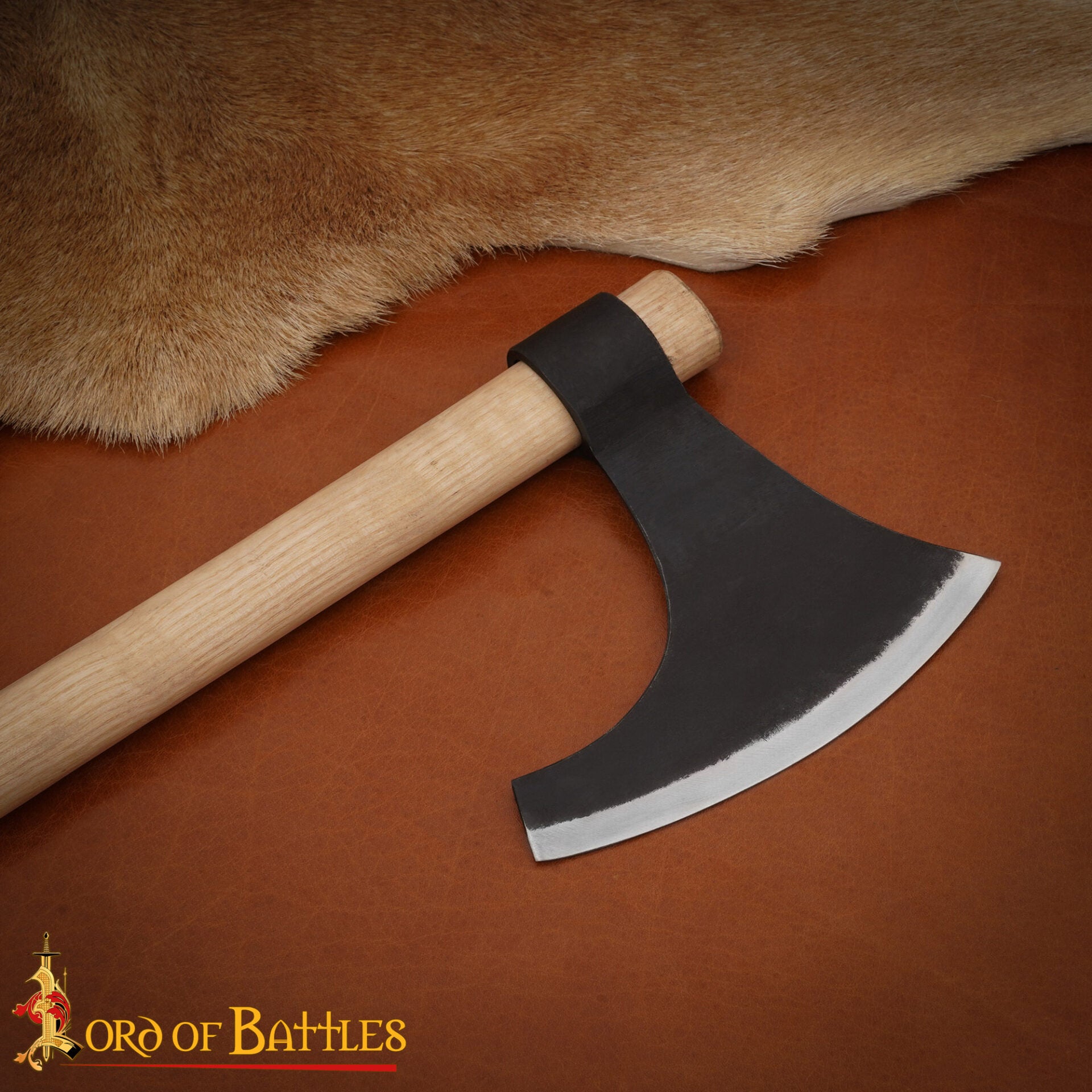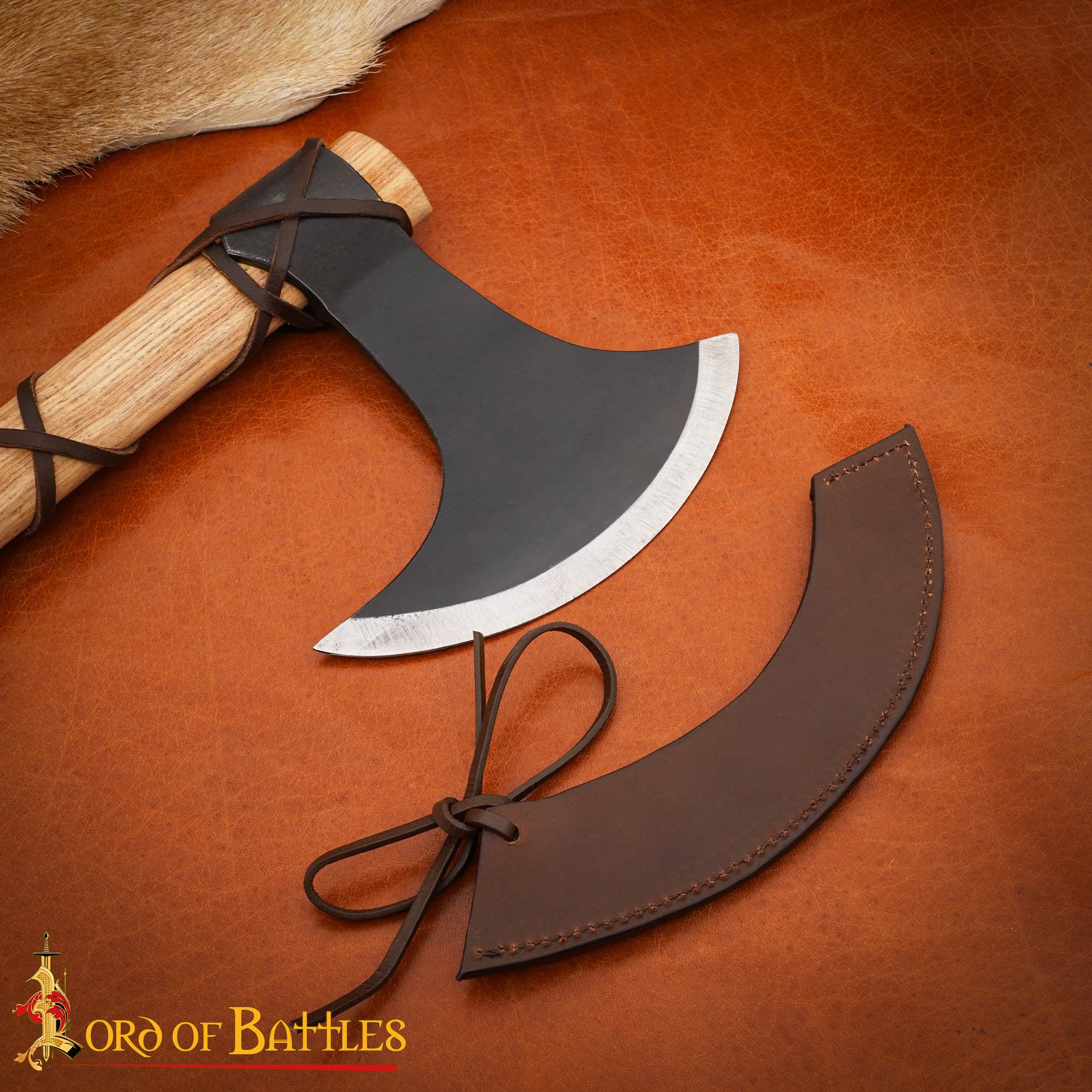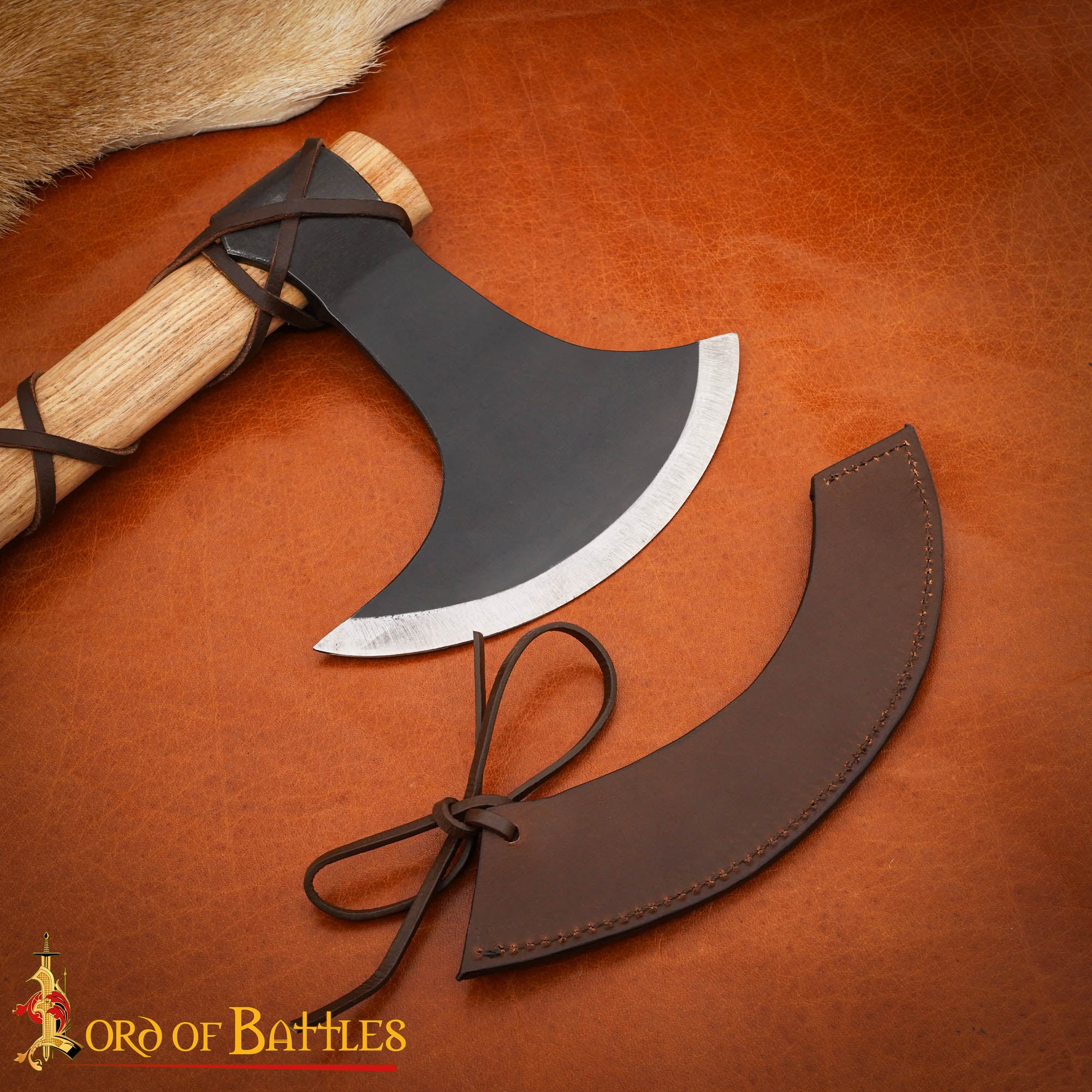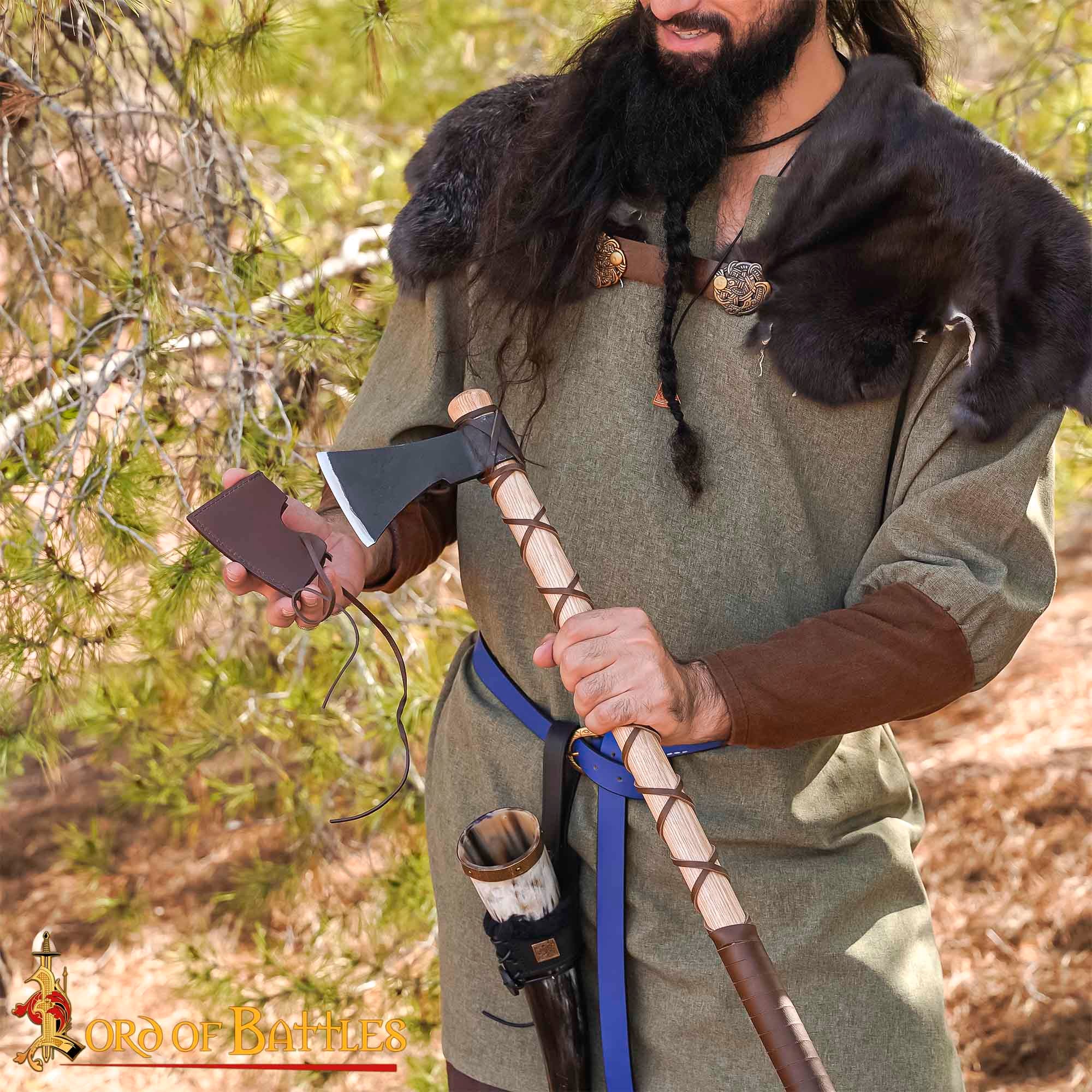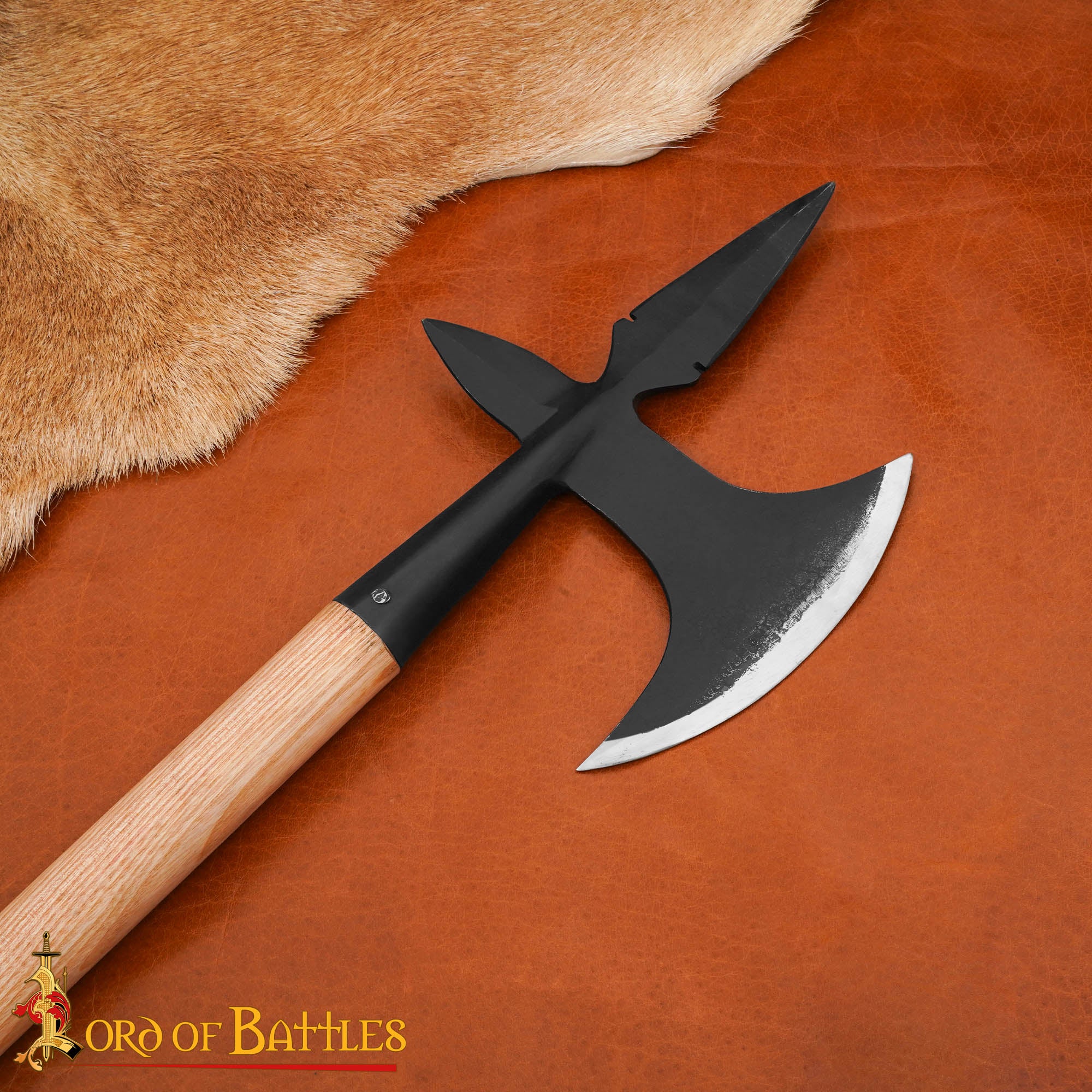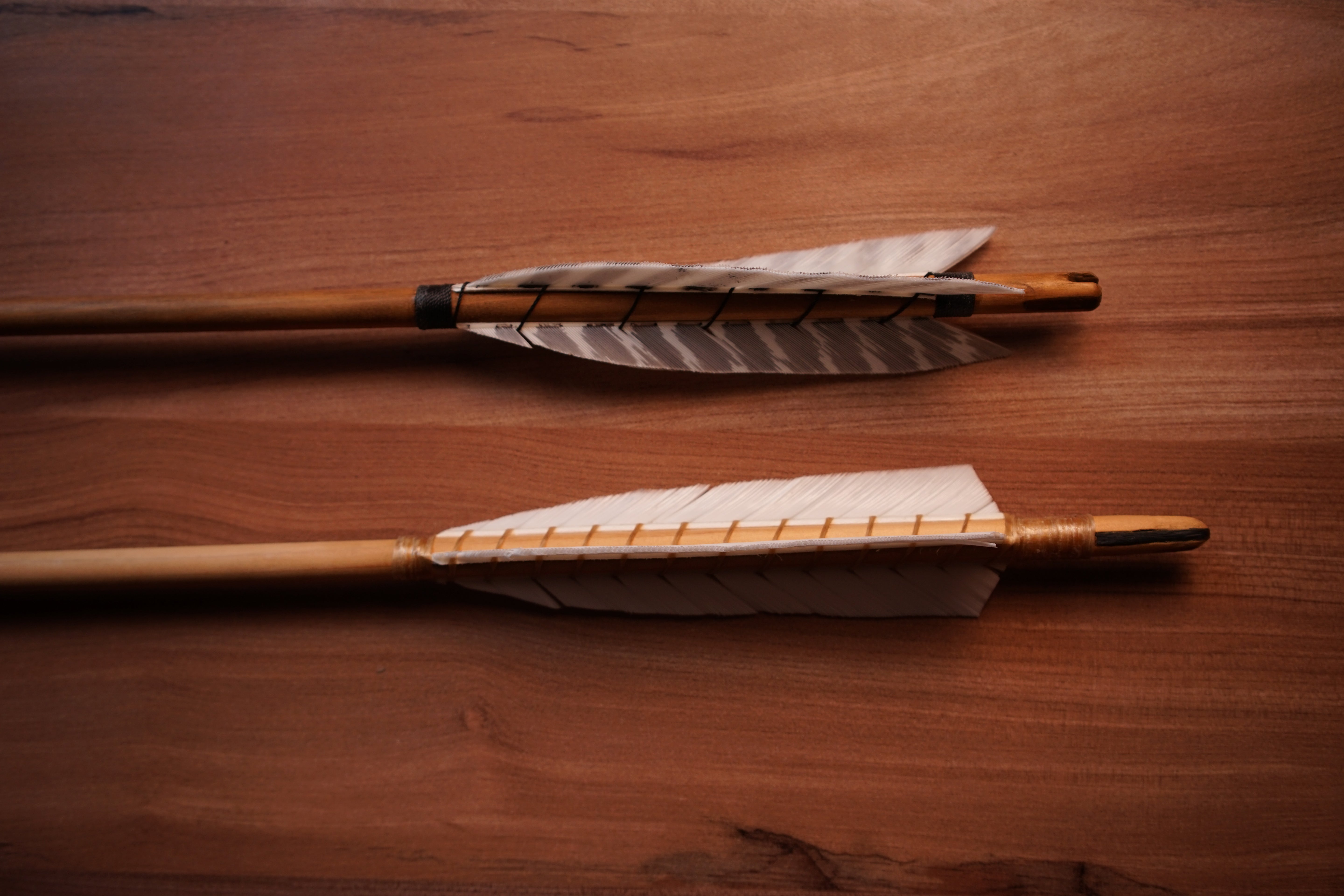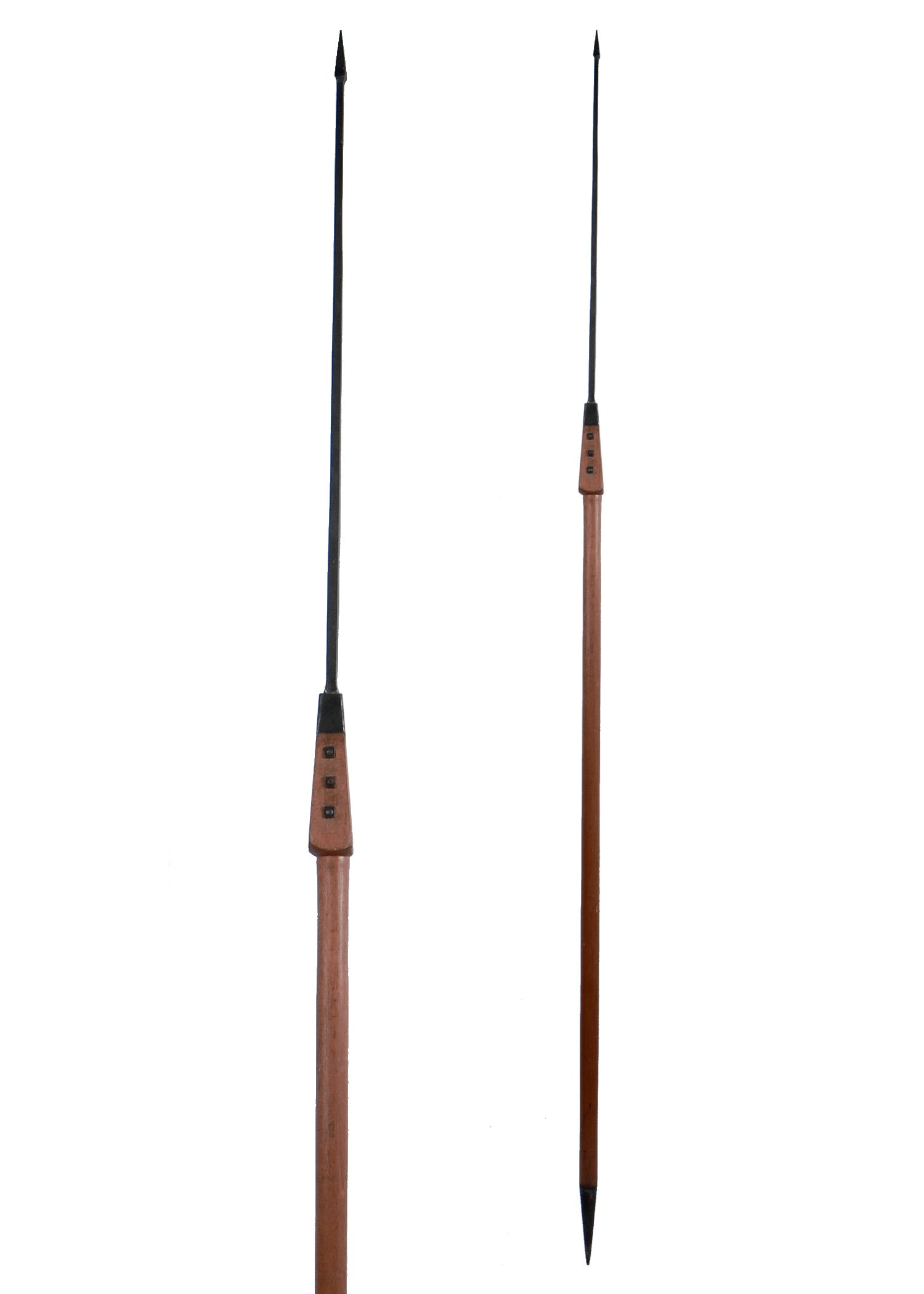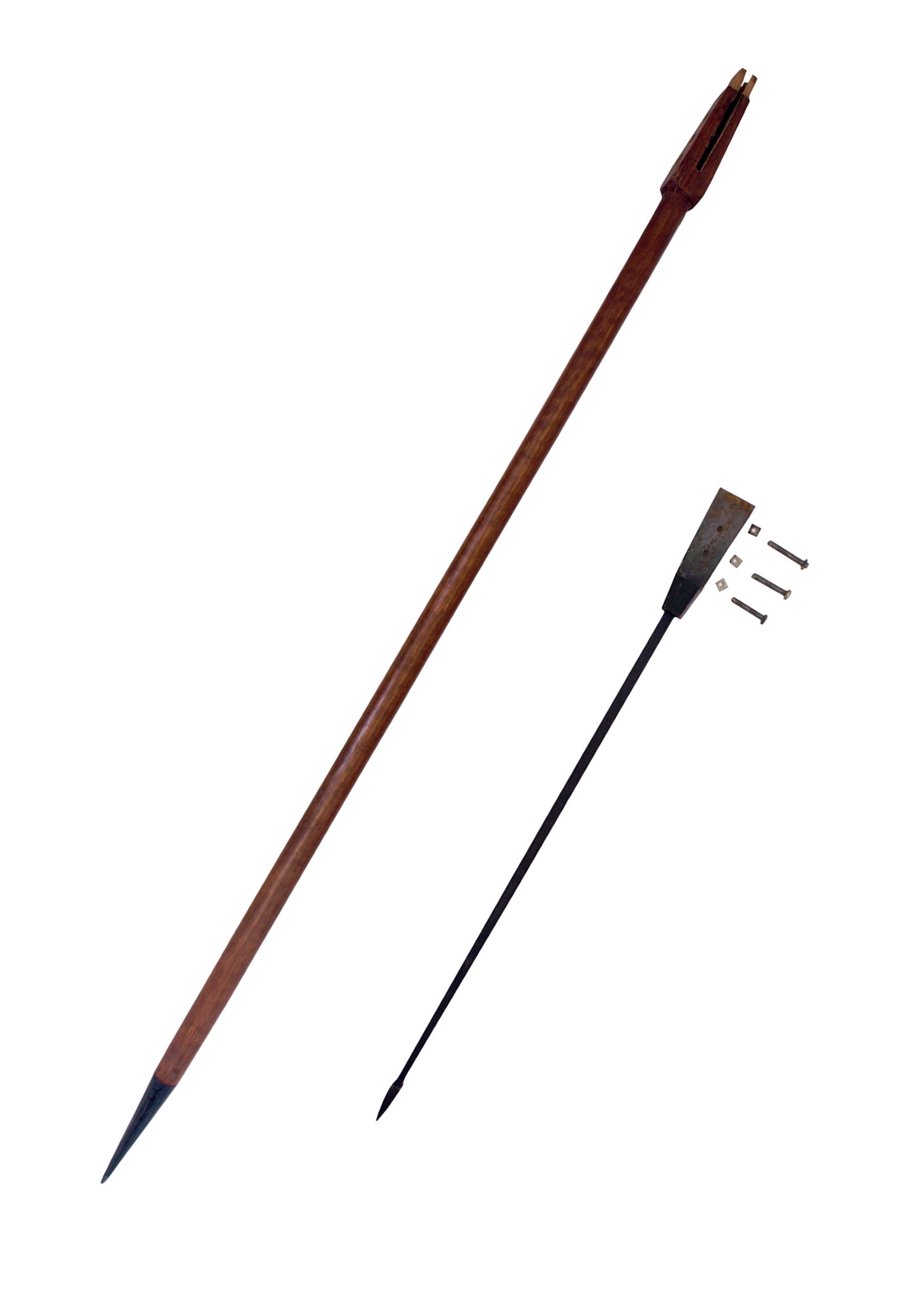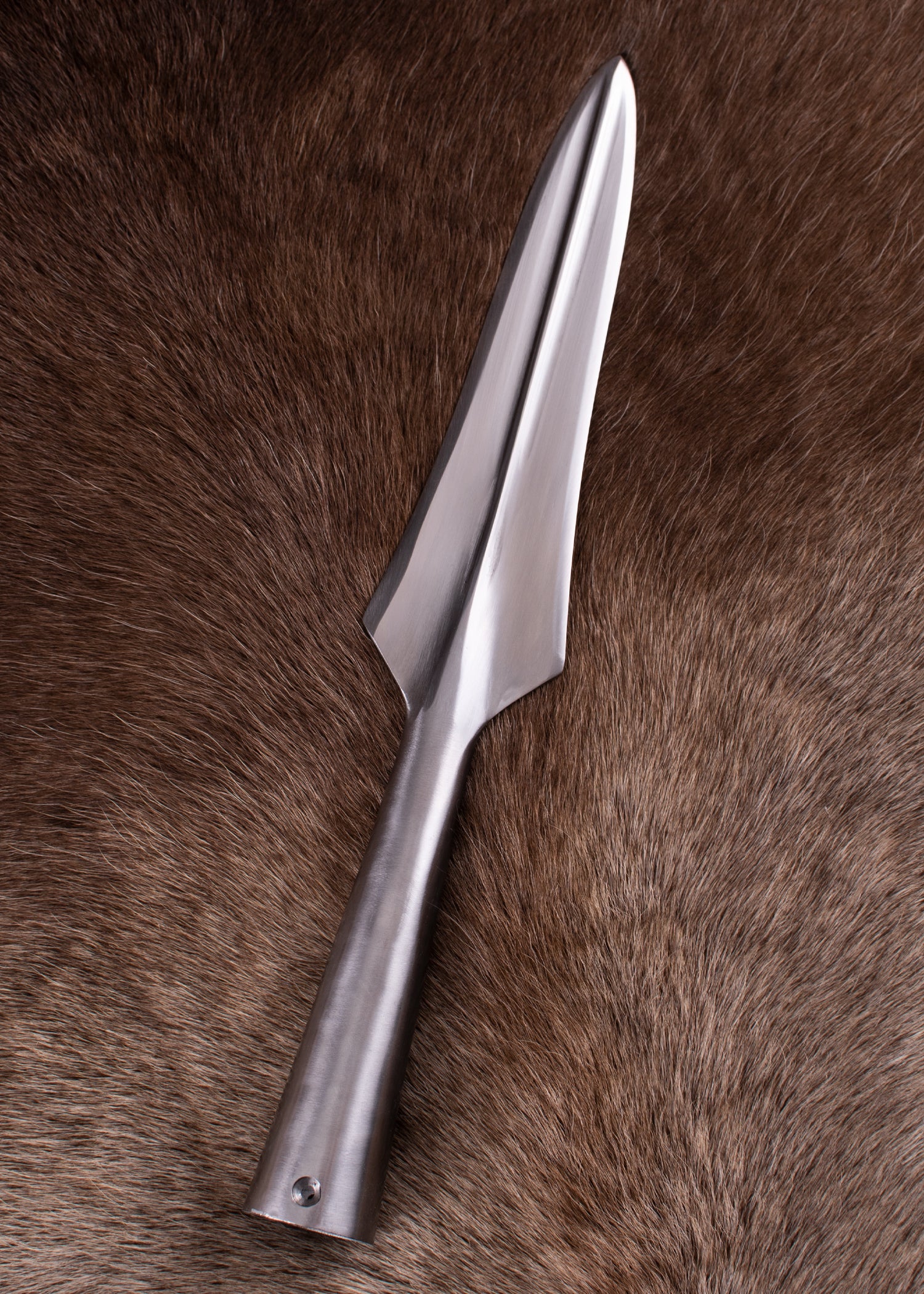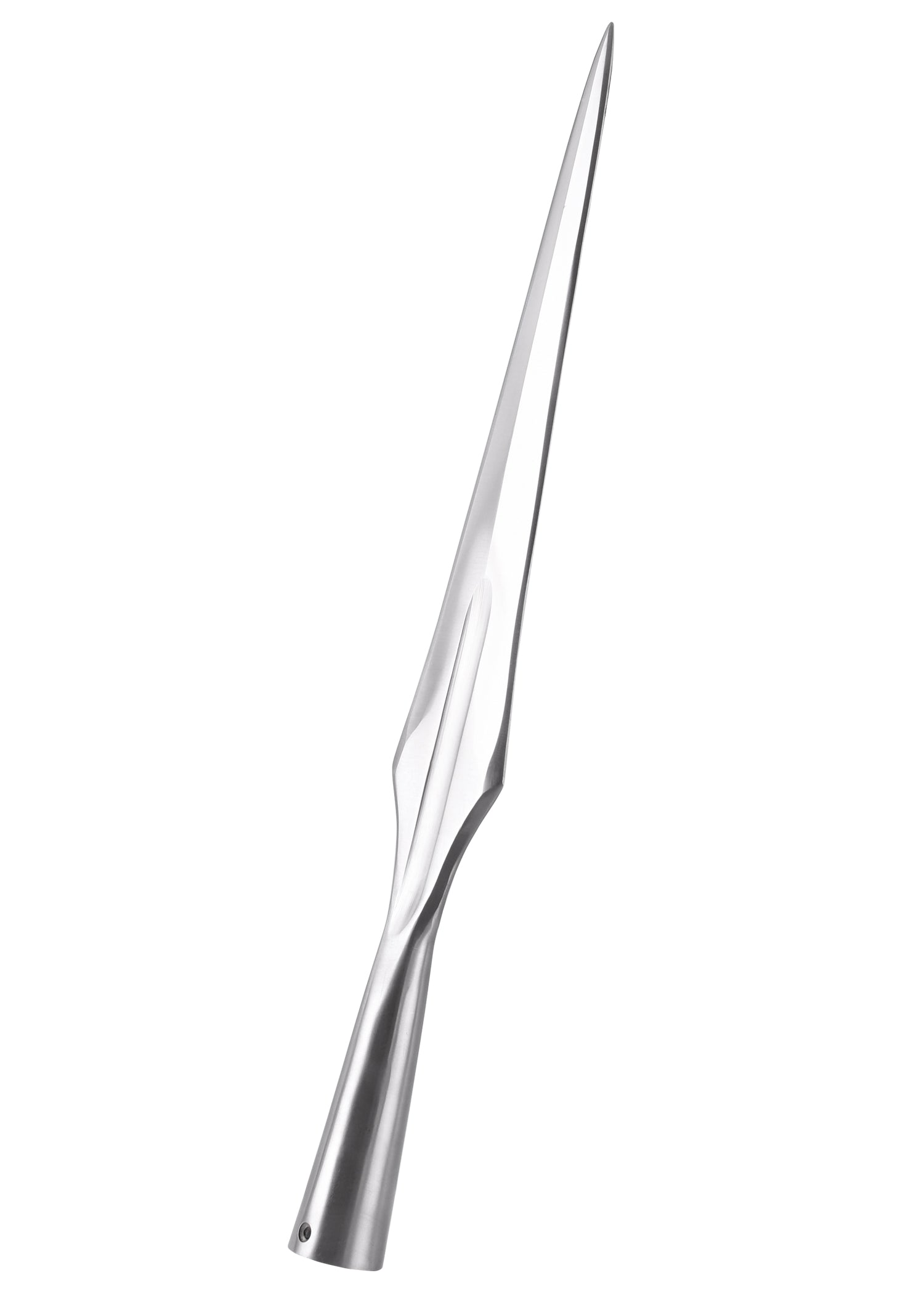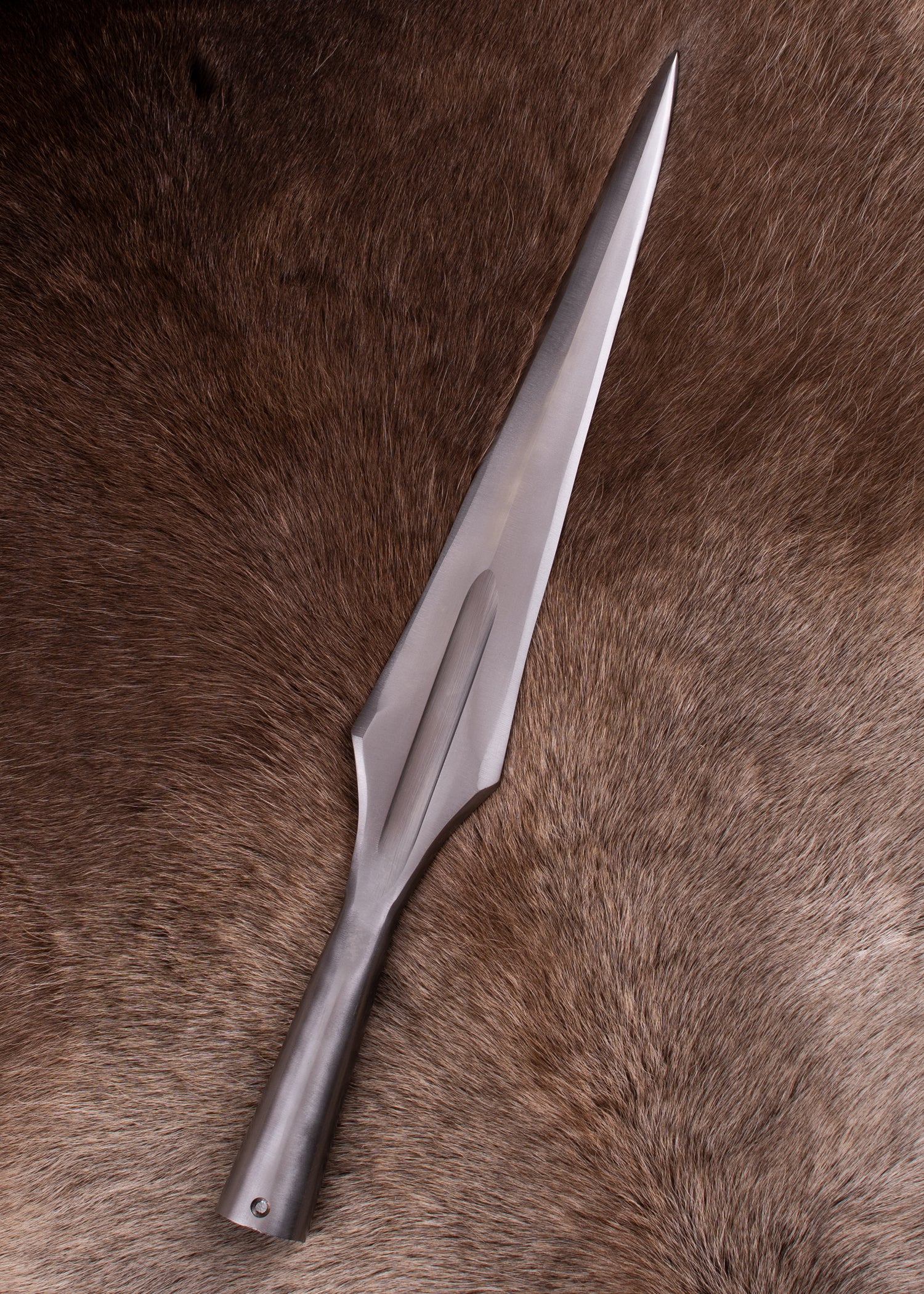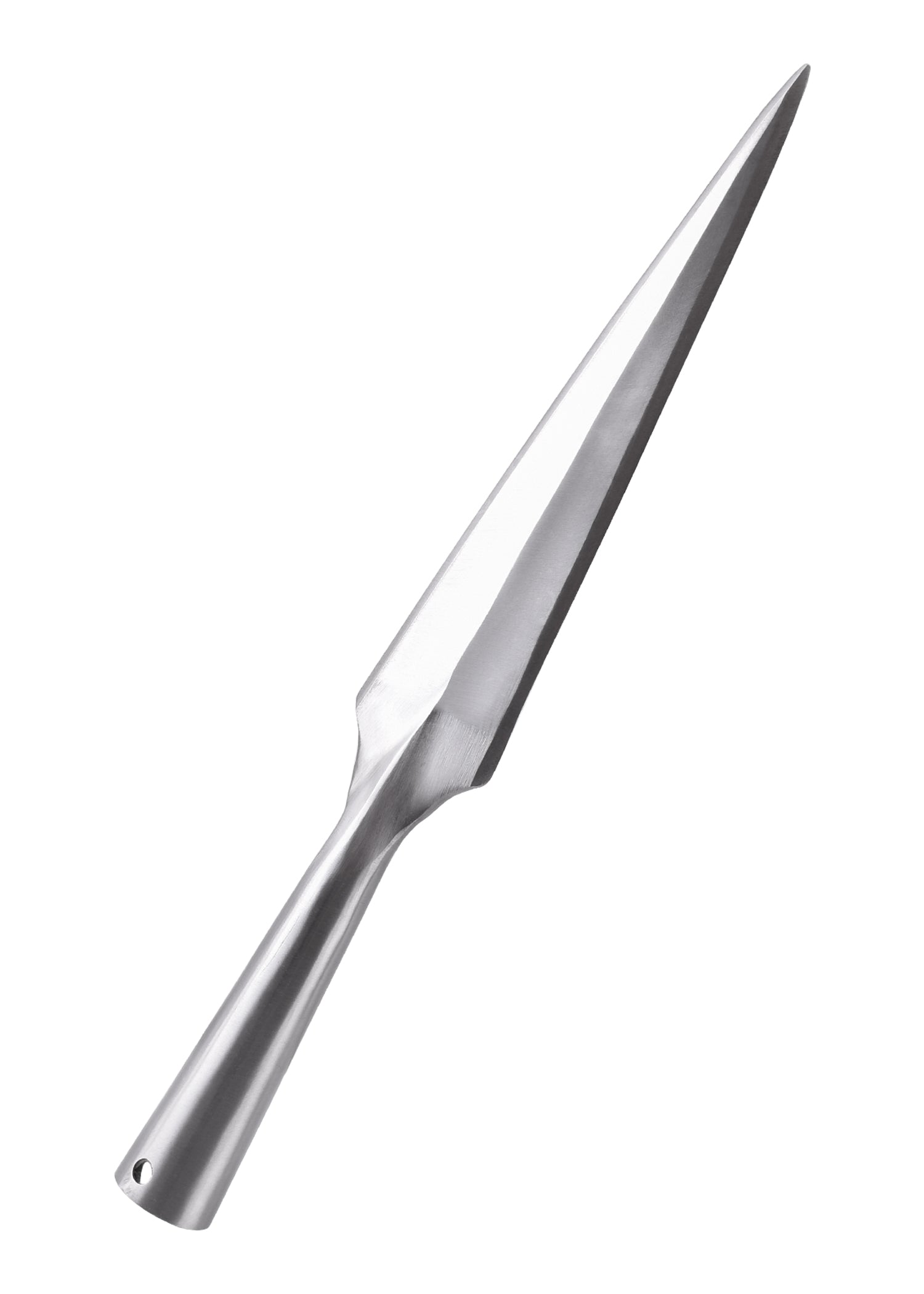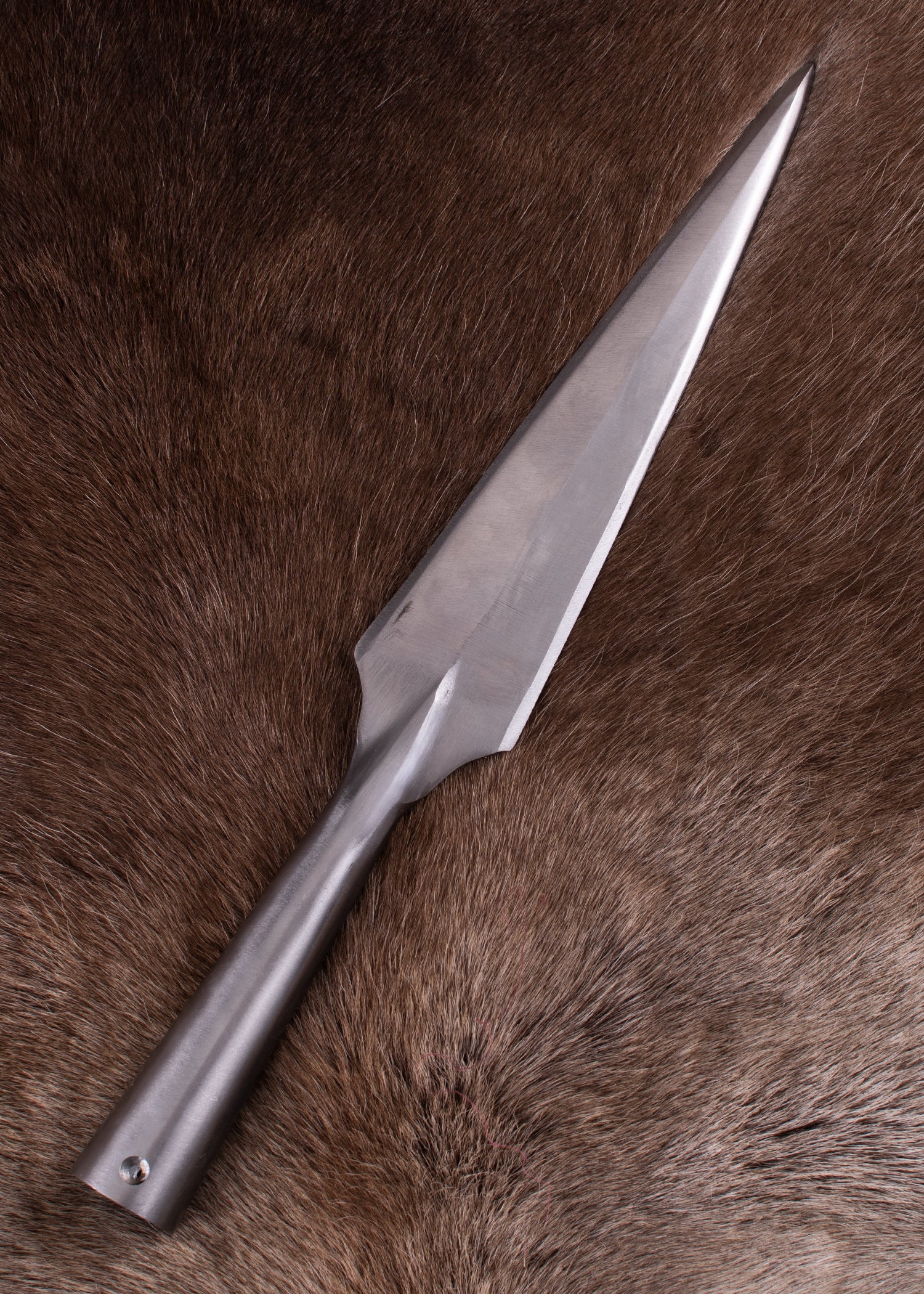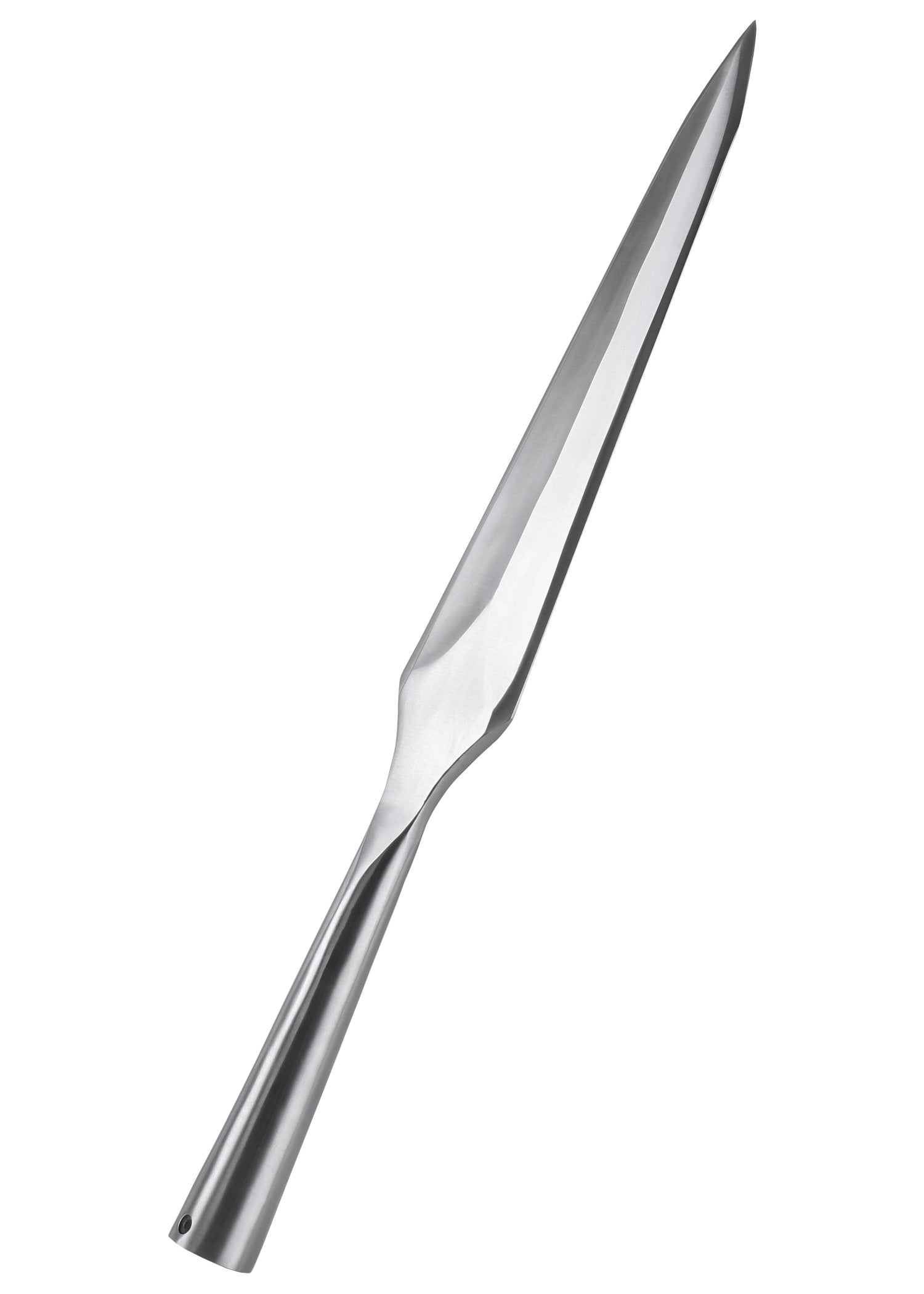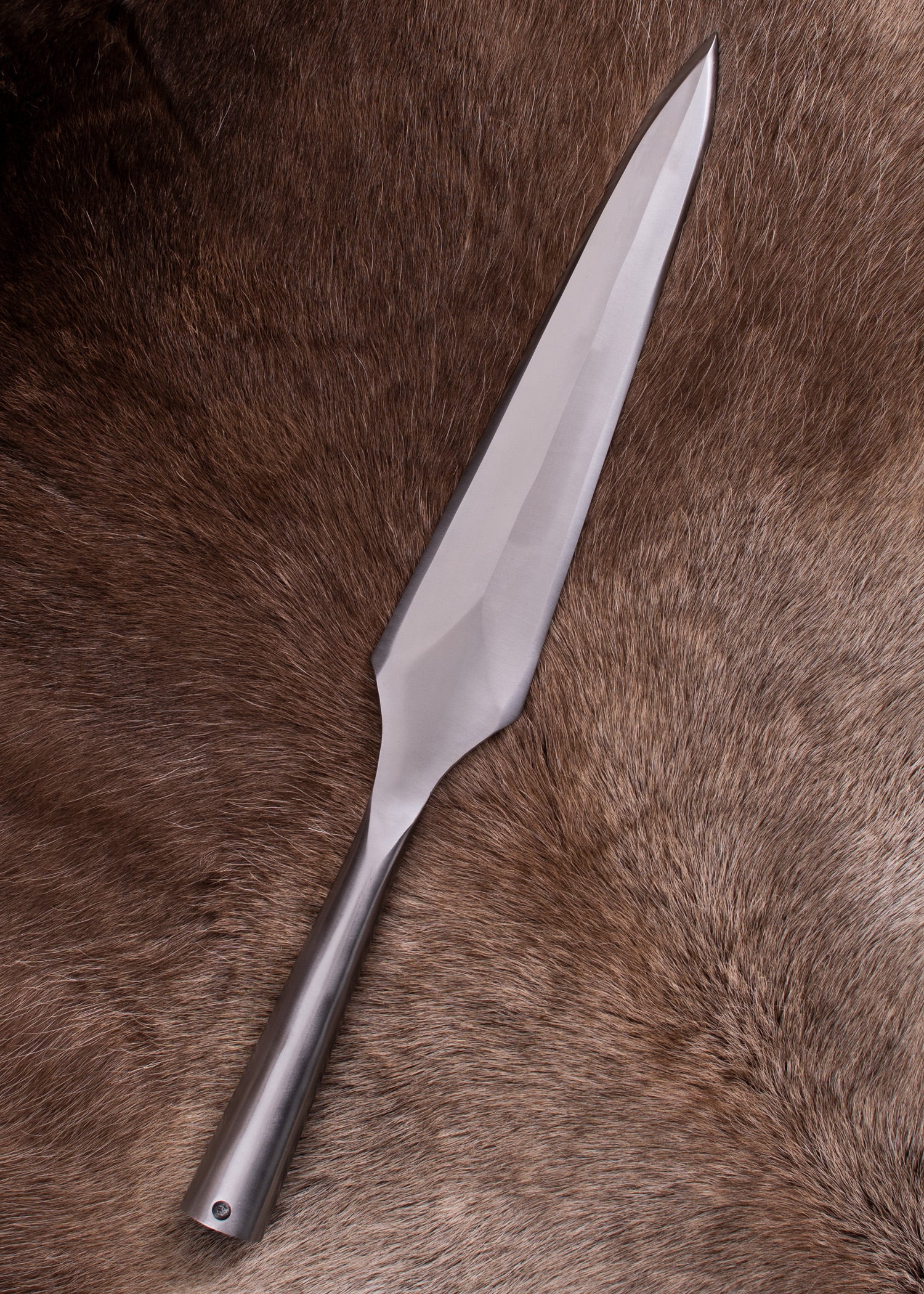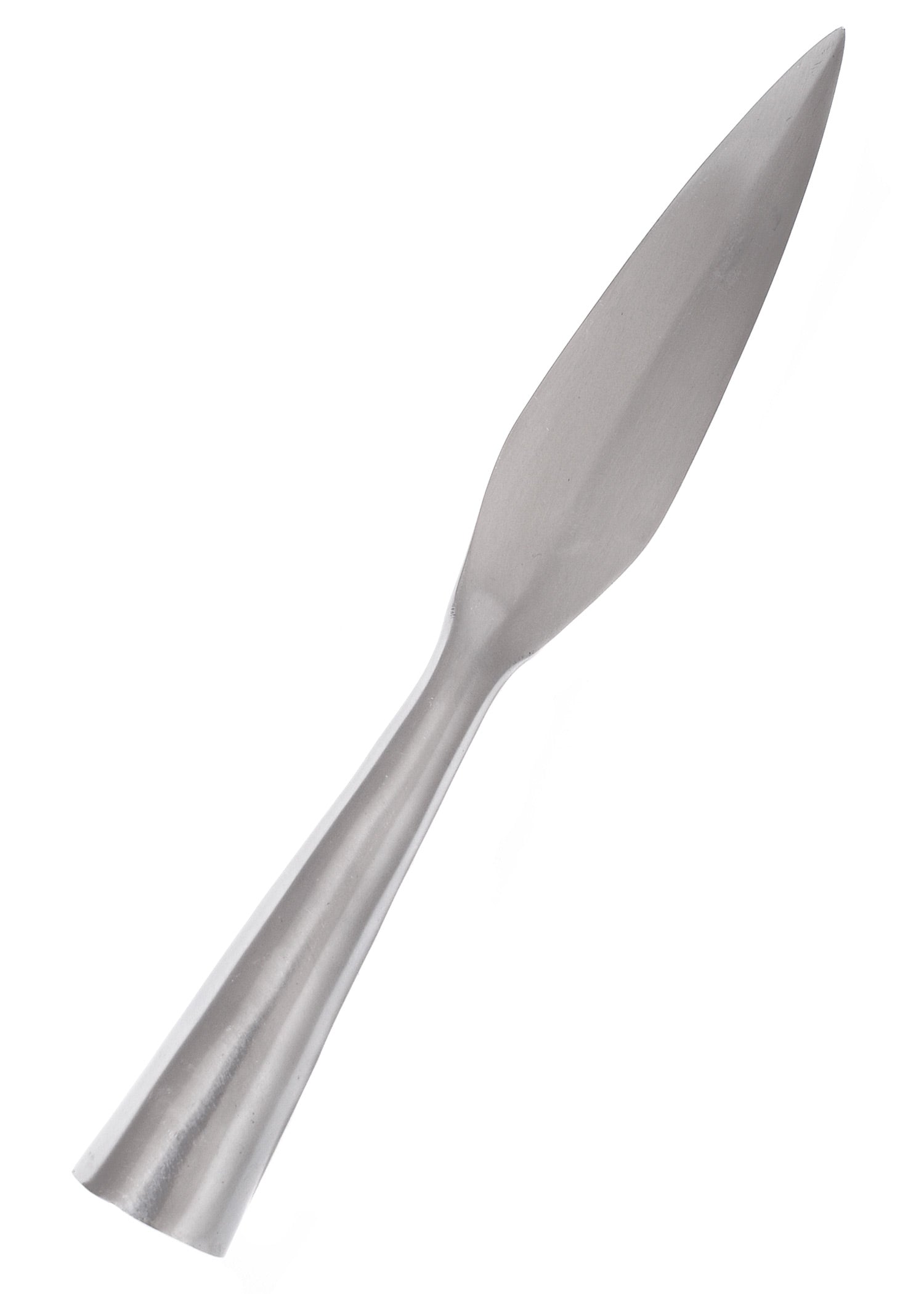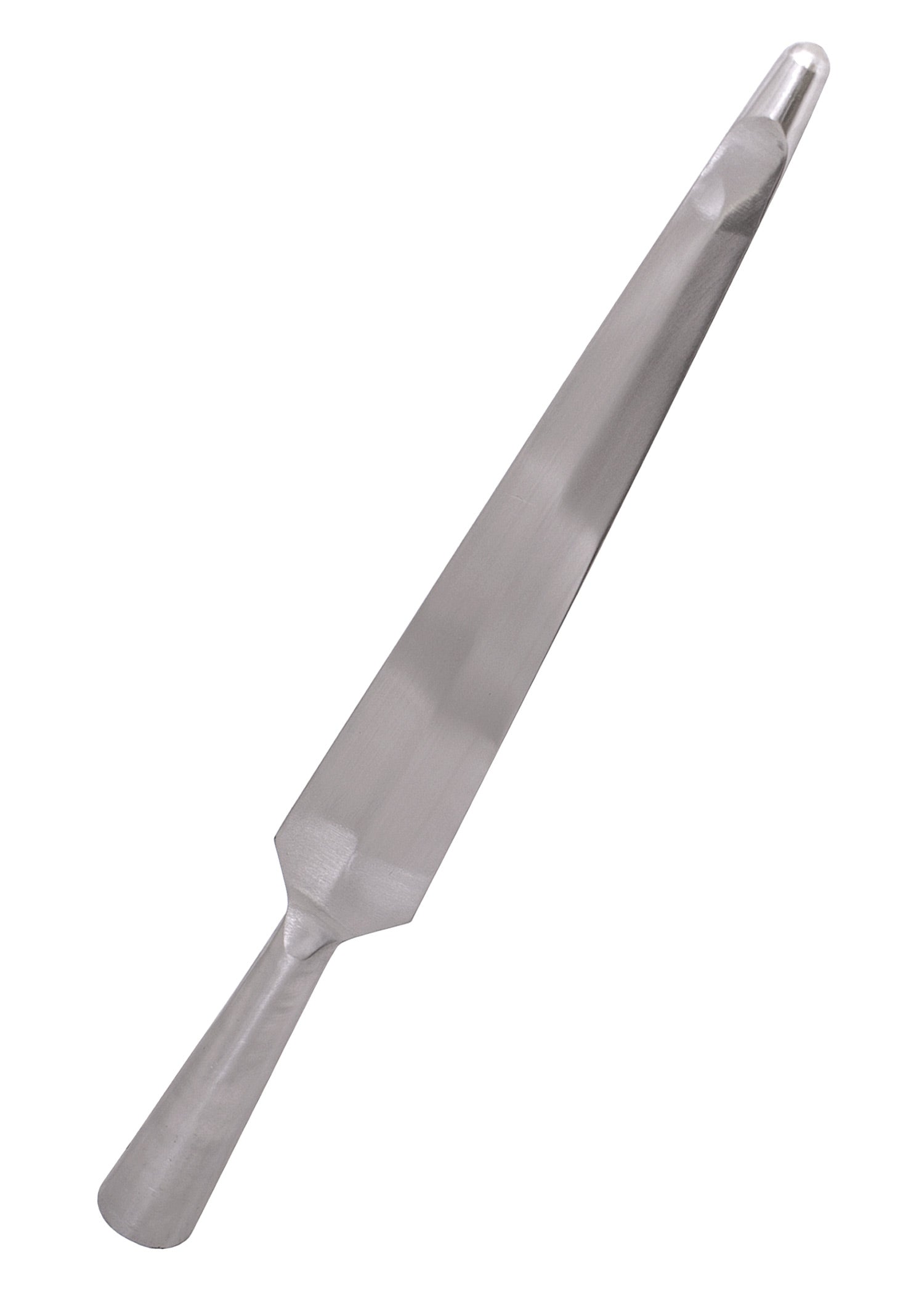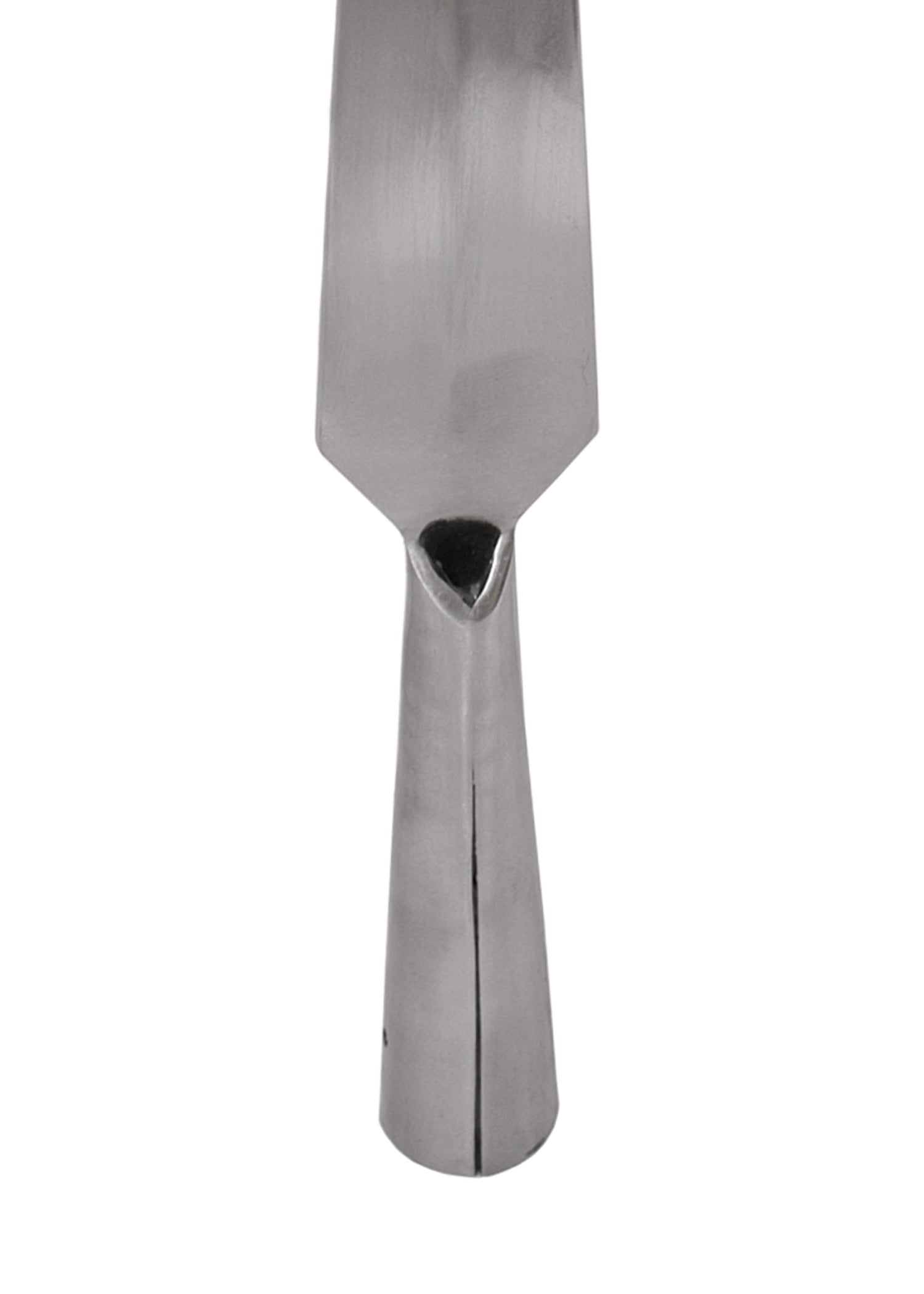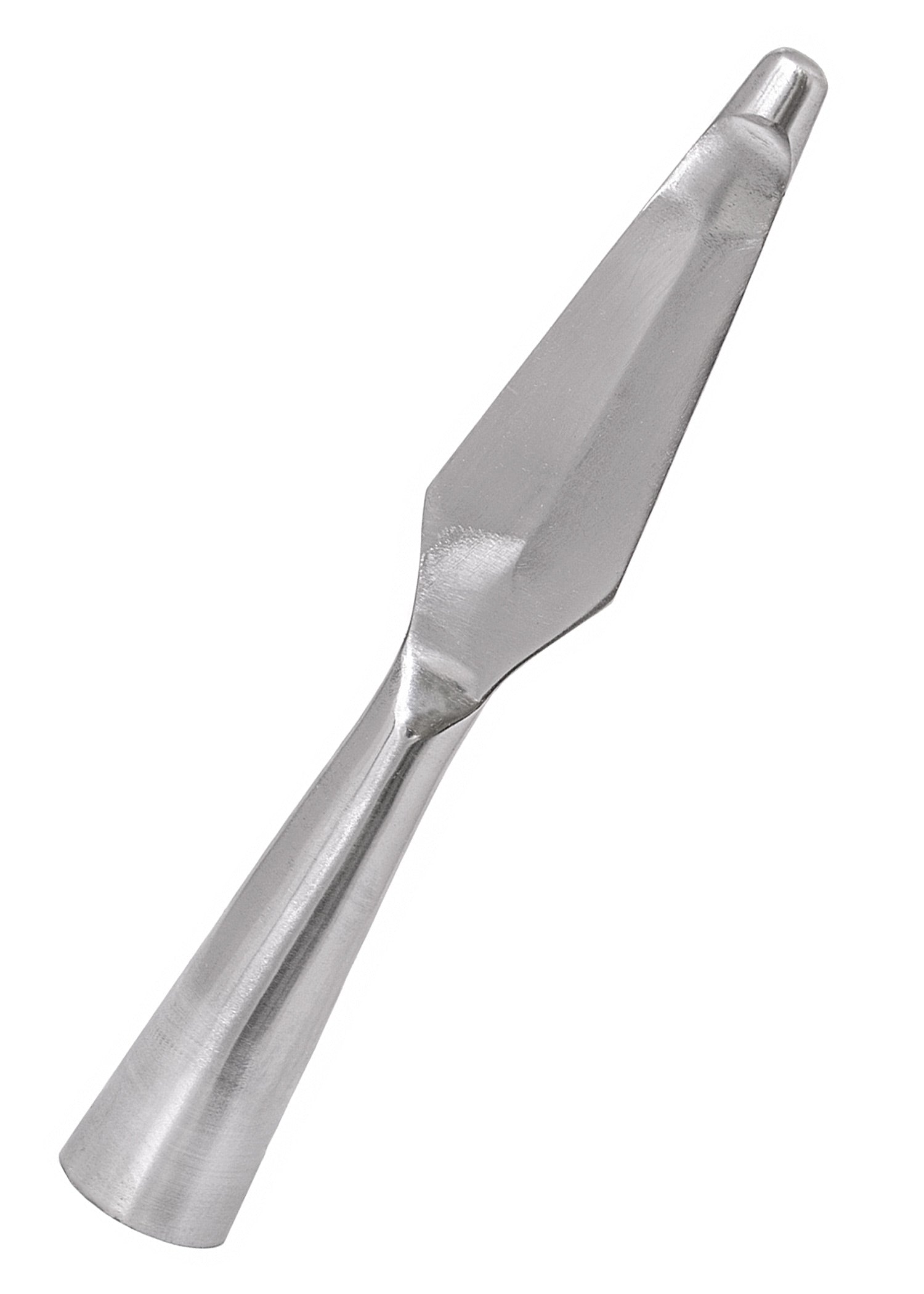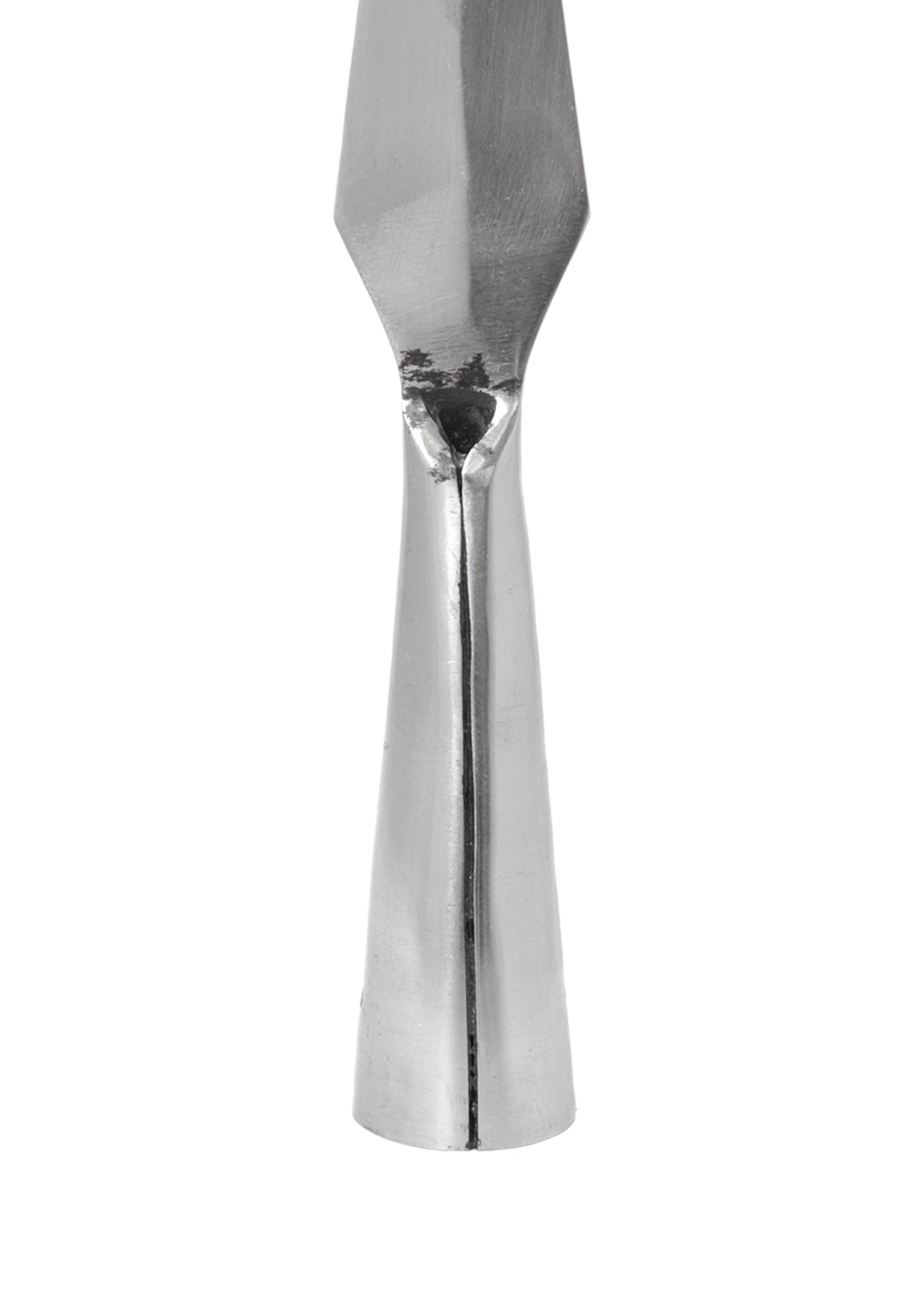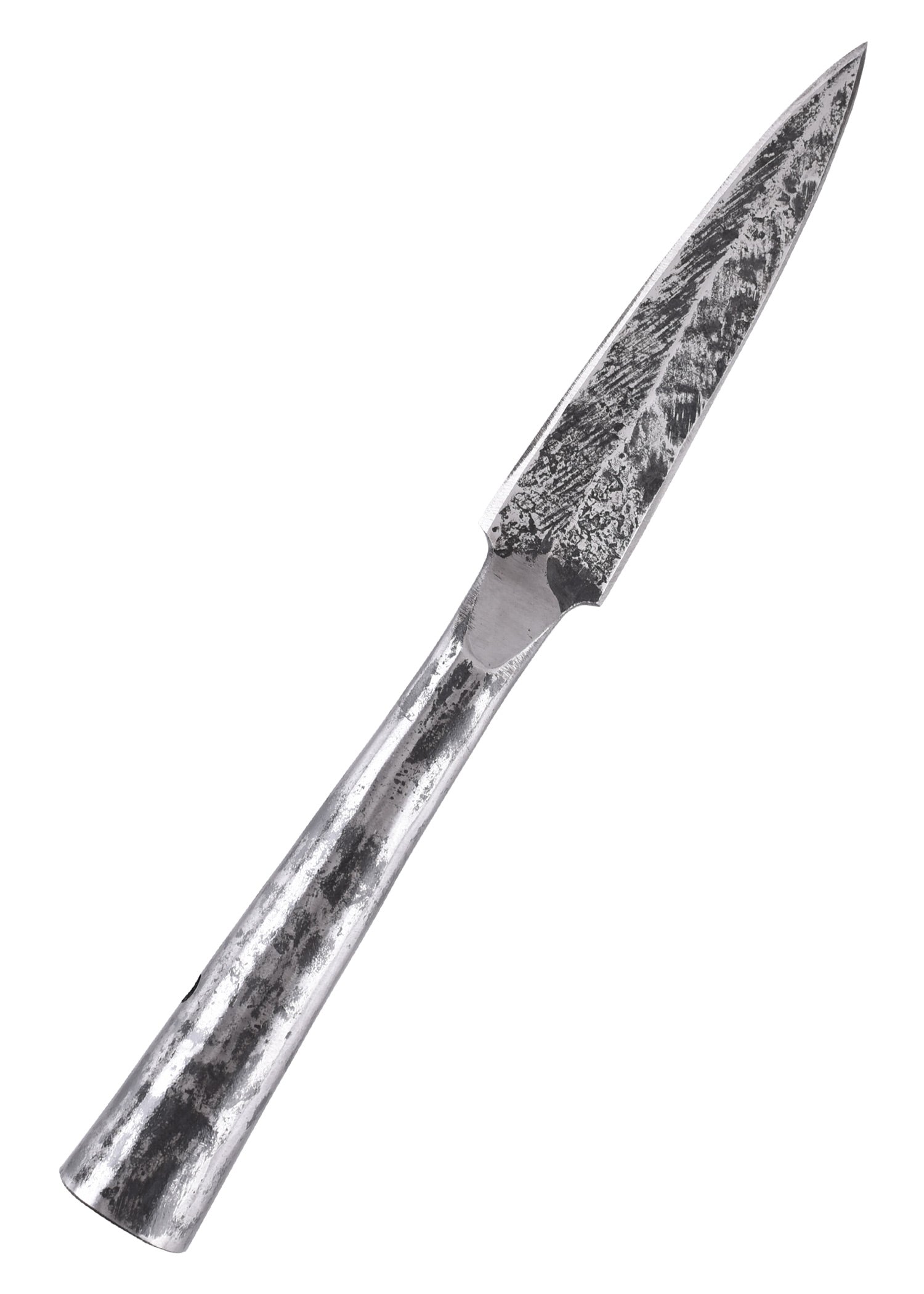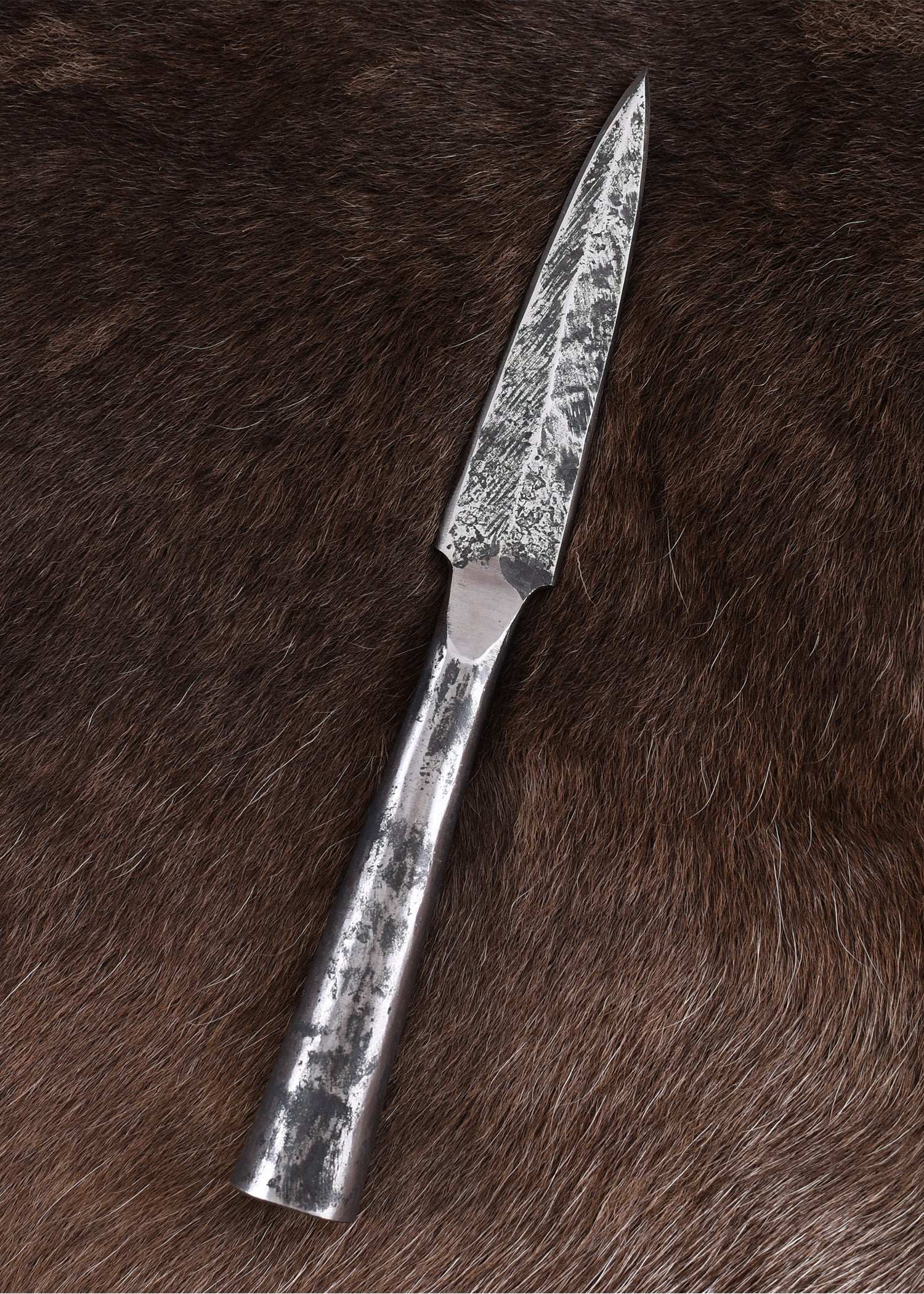Polearms in the Early Middle Ages: Range and Power in Medieval Combat
Polearms of the Early Middle Ages were essential in close combat and battle formation. Their long reach and power allowed warriors to attack from a distance, maintaining the advantage over their enemies. From spears to pole axes, these weapons were fundamental to the military strategies of the time.
Main types of polearms of the Early Middle Ages
- Viking Spear (Spjót) : Versatile and lightweight, it allowed for quick and precise attacks both on foot and on horseback.
- Danish axe : A powerful weapon with a large, elongated blade, used by Anglo-Saxon huscarls and Viking warriors.
- Primitive halberd : Precursor of the medieval halberd, it combined a spearhead with a cutting edge.
- Morning Star : A blunt weapon with a spiked spherical head, ideal for piercing armor.
Characteristics of polearms of the Early Middle Ages
- Reinforced long wooden handle : Provided resistance and allowed long-range attacks.
- Iron or steel blades : Designed to pierce armor and withstand combat.
- Sharp points or curved edges : Depending on the type of weapon, they were ideal for devastating thrusts or cuts.
- Balance between weight and maneuverability : Allowing effective use in both individual combat and battle formations.
Polearms from the Early Middle Ages were fundamental to the evolution of military tactics. If you're looking for replicas of medieval weapons for historical reenactment, collecting, or medieval combat , you'll find authentic, high-quality models at Tienda Medieval .

